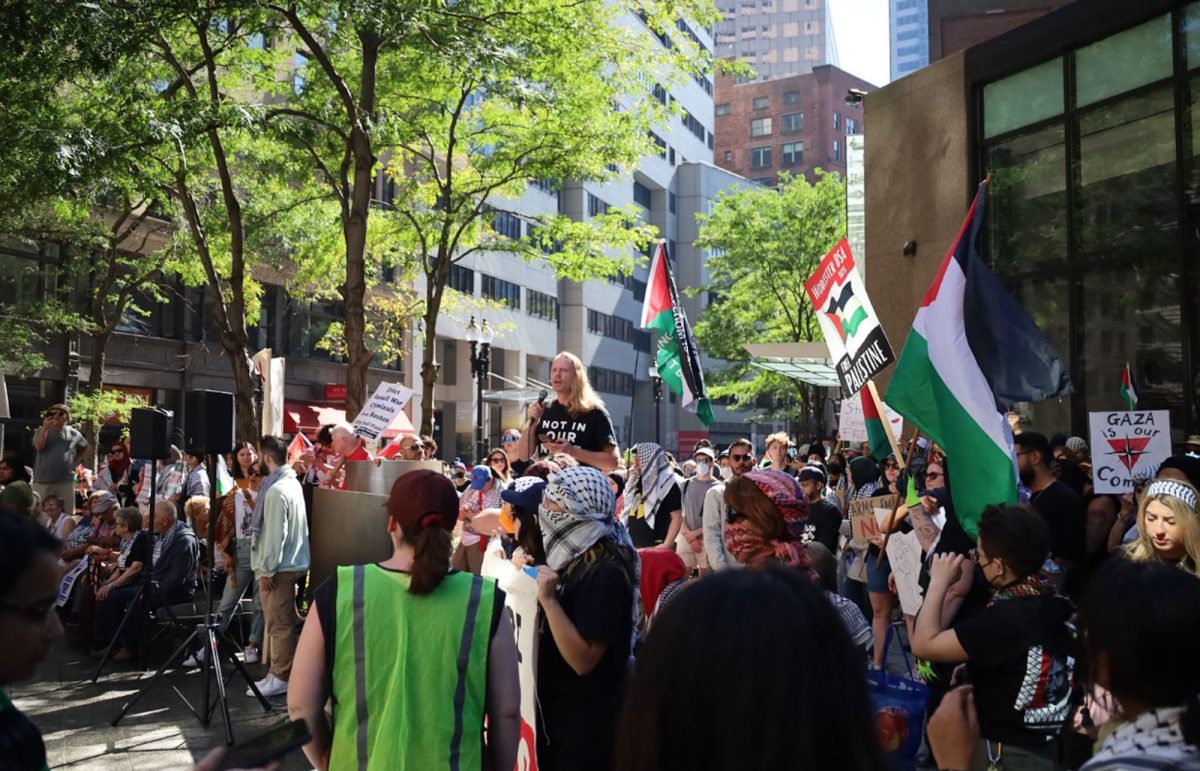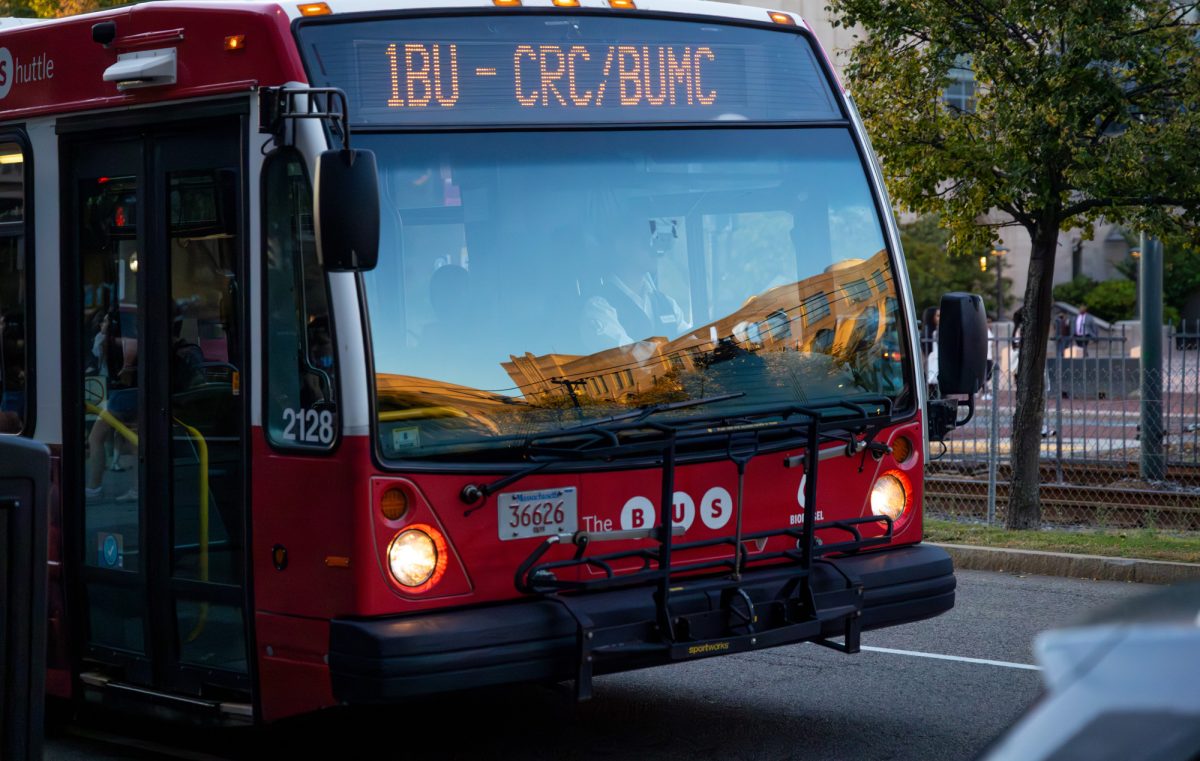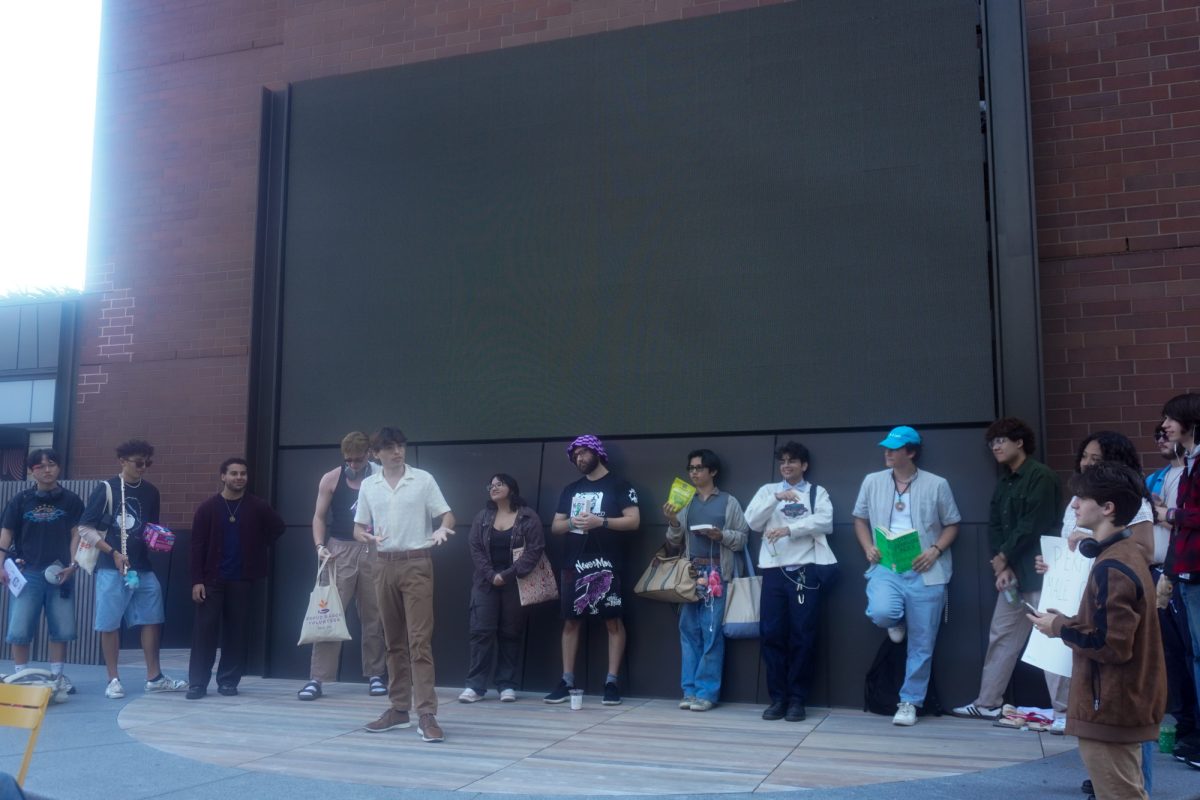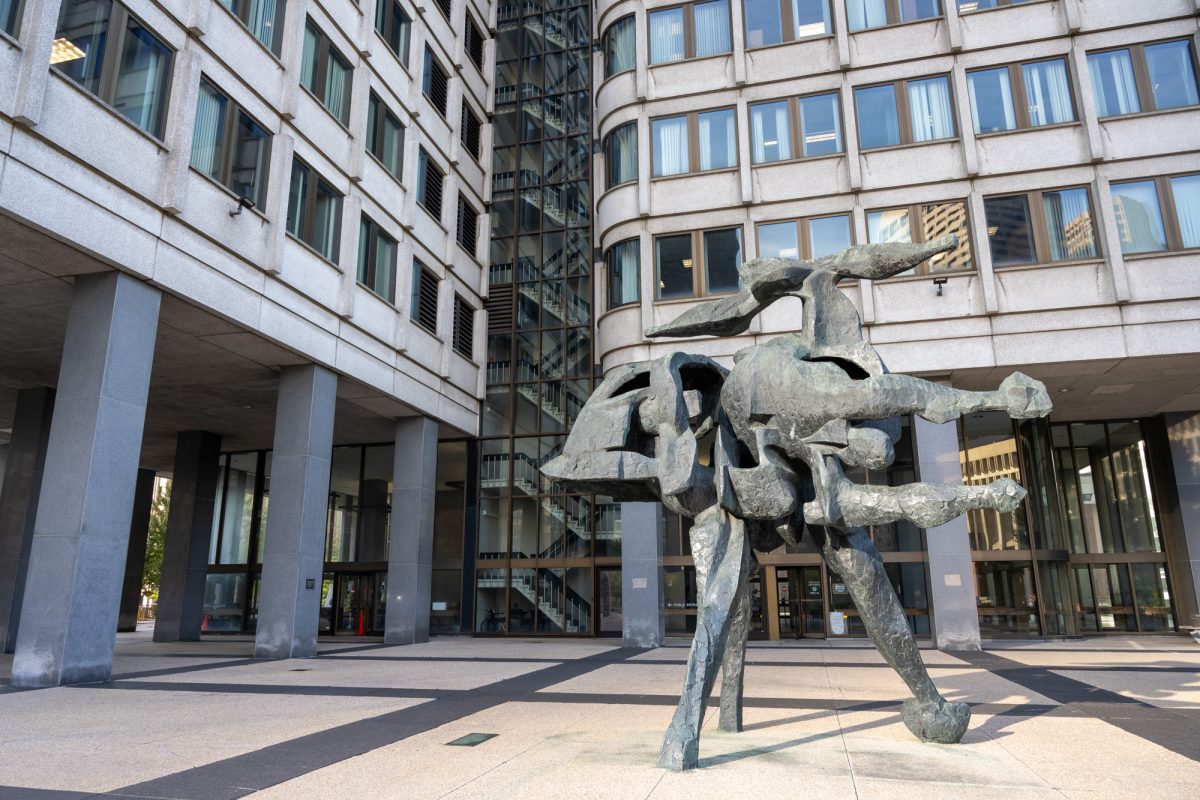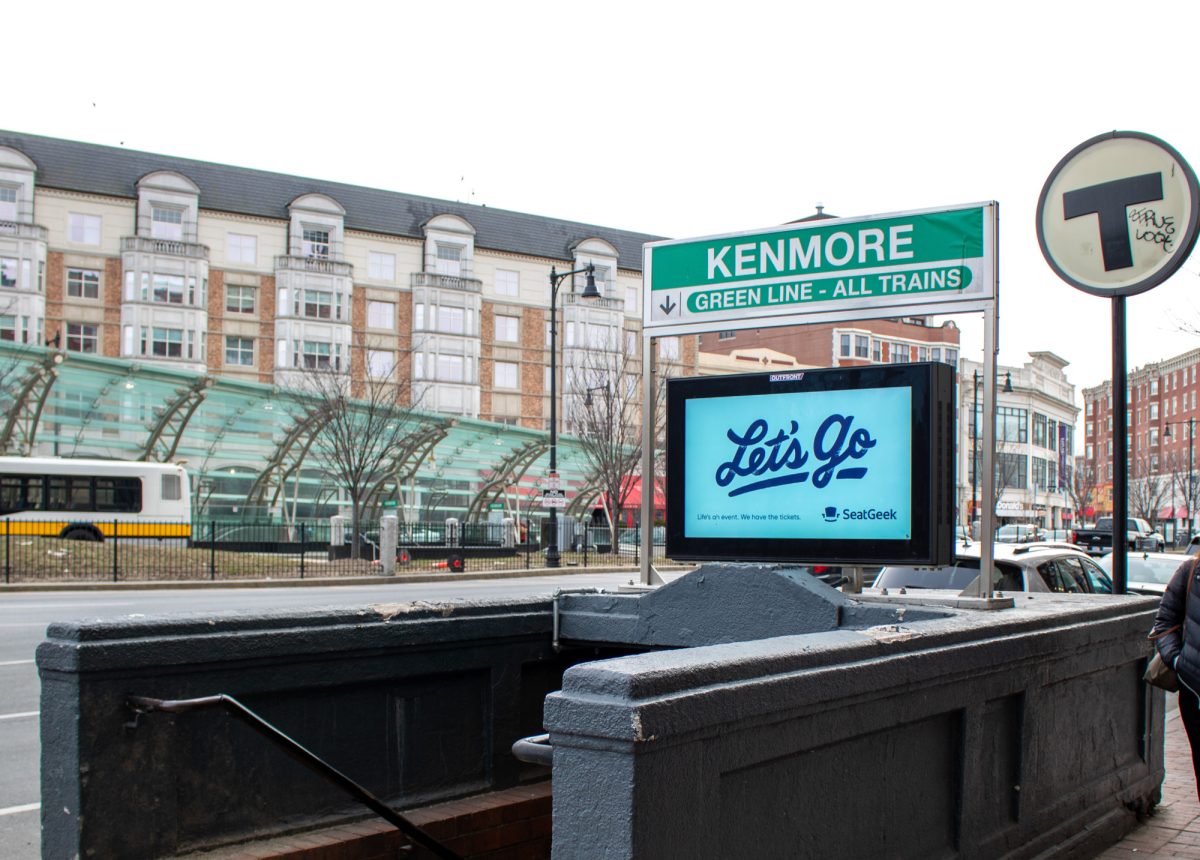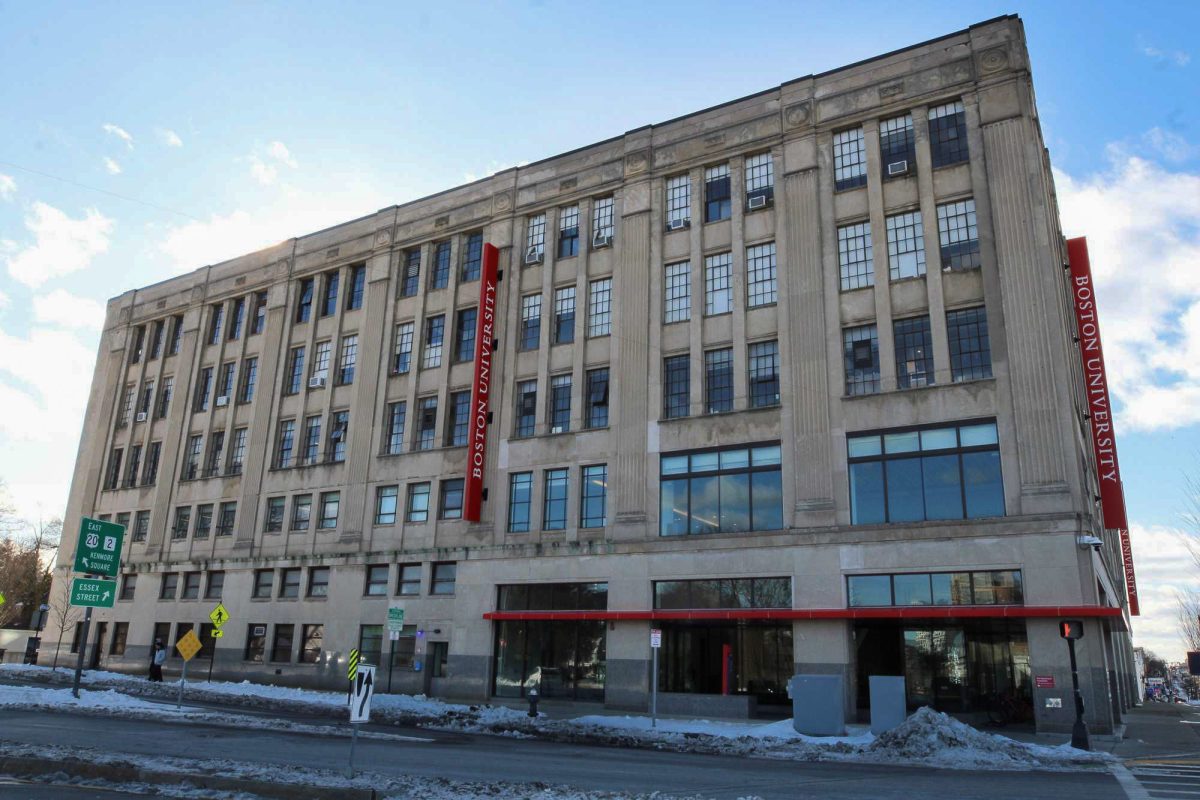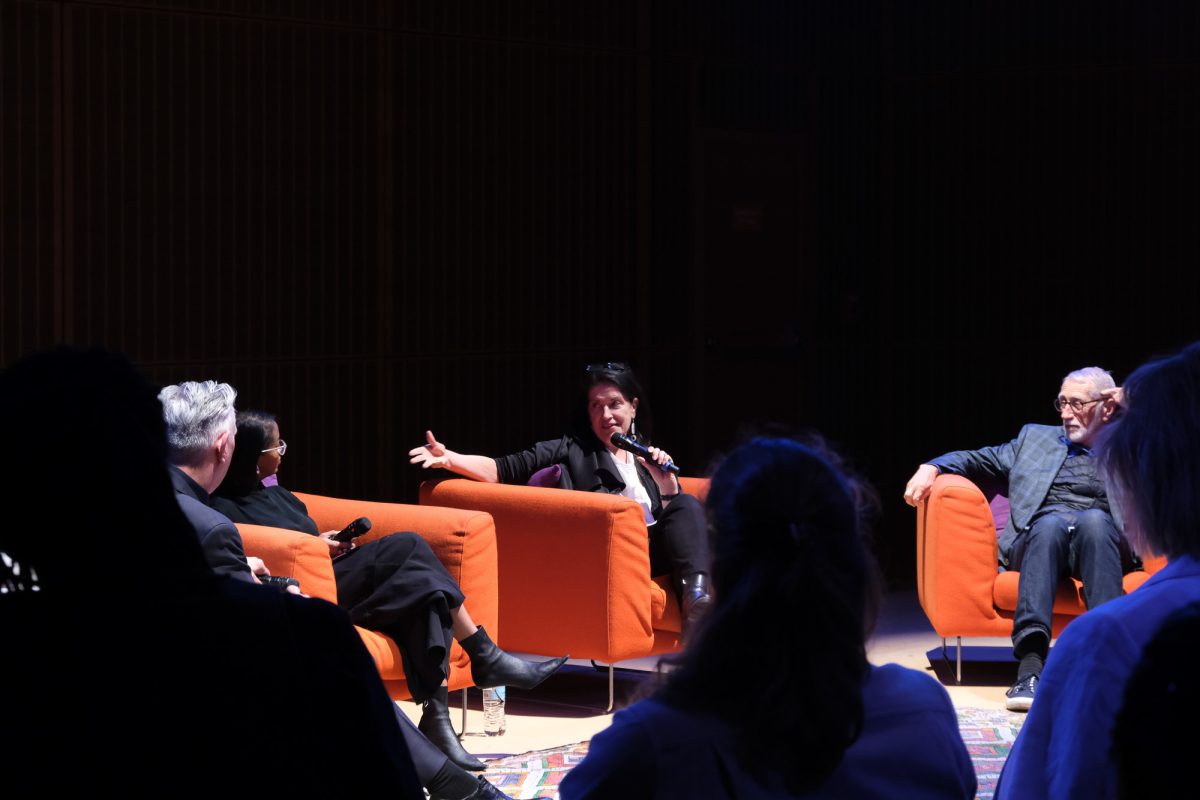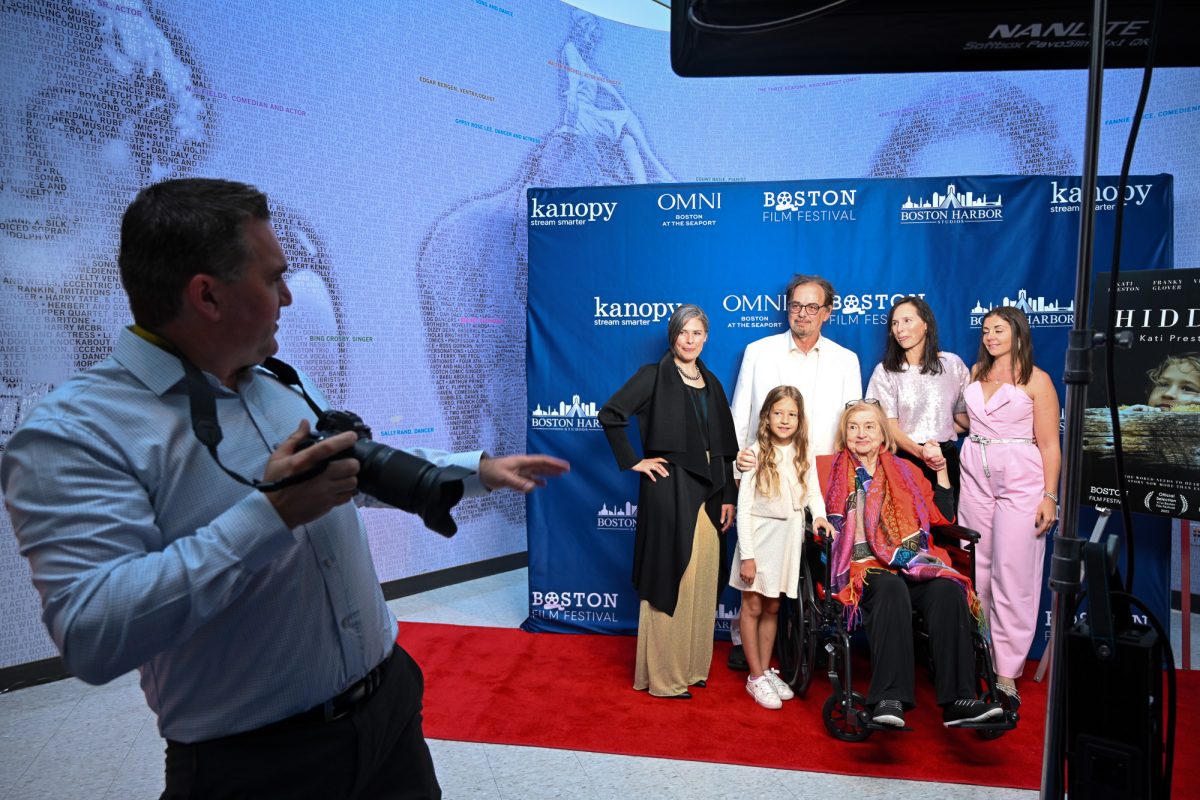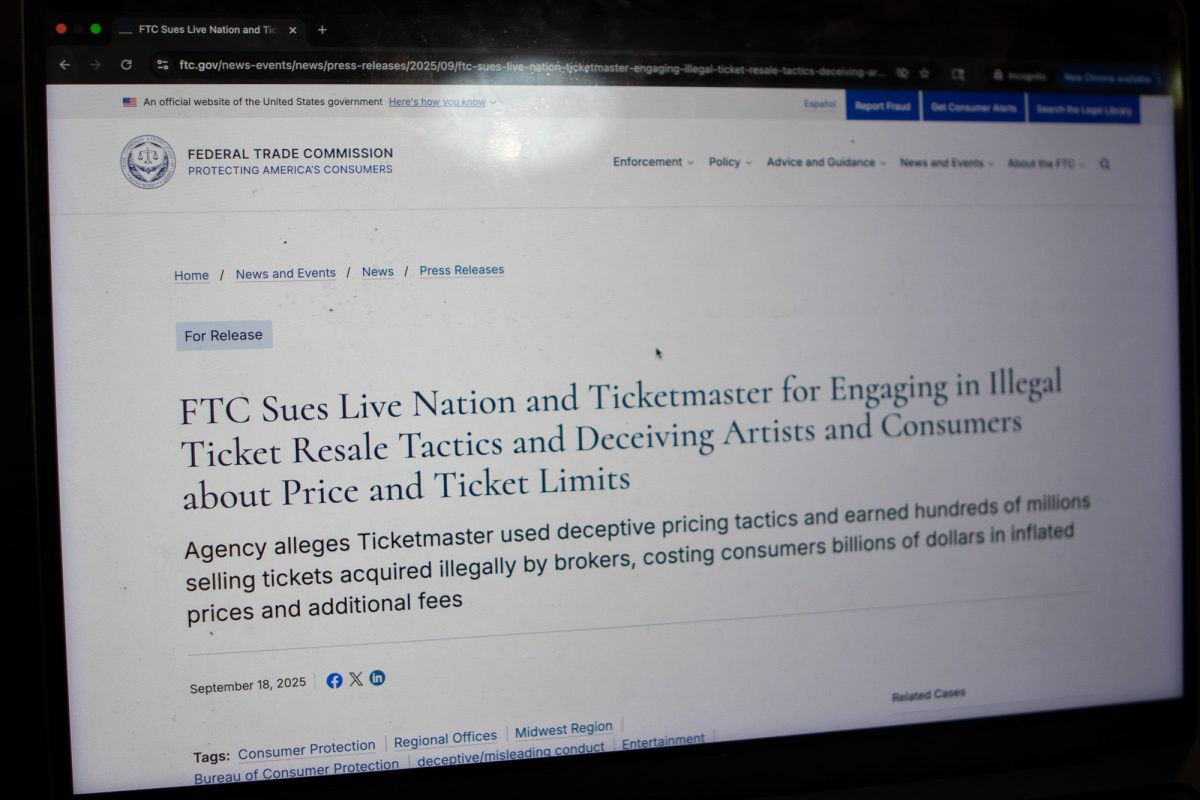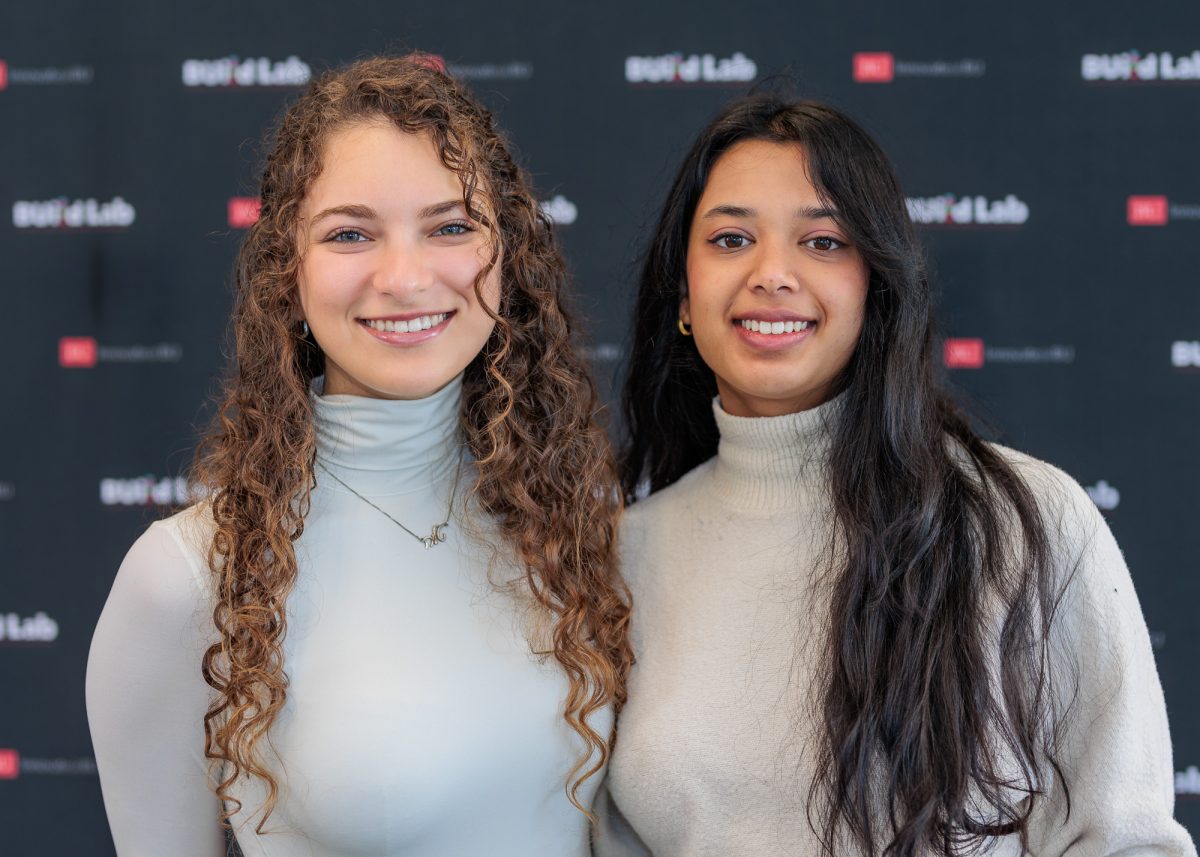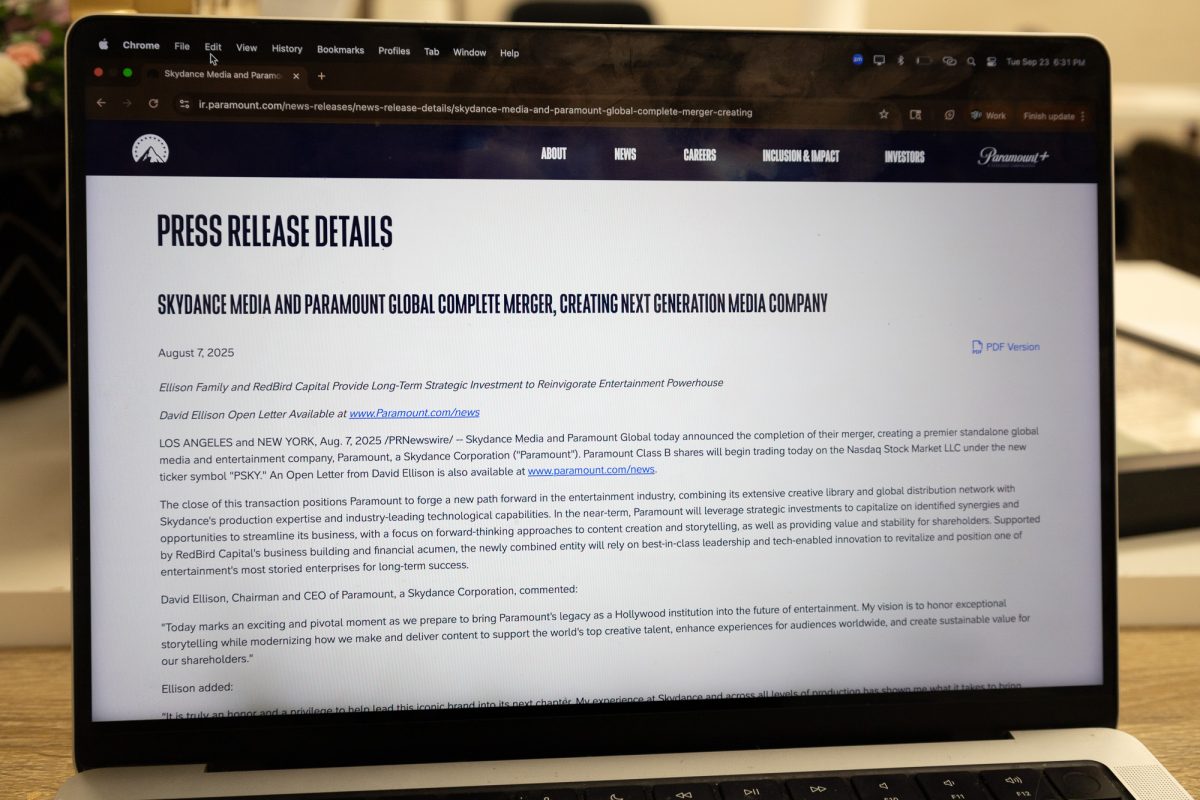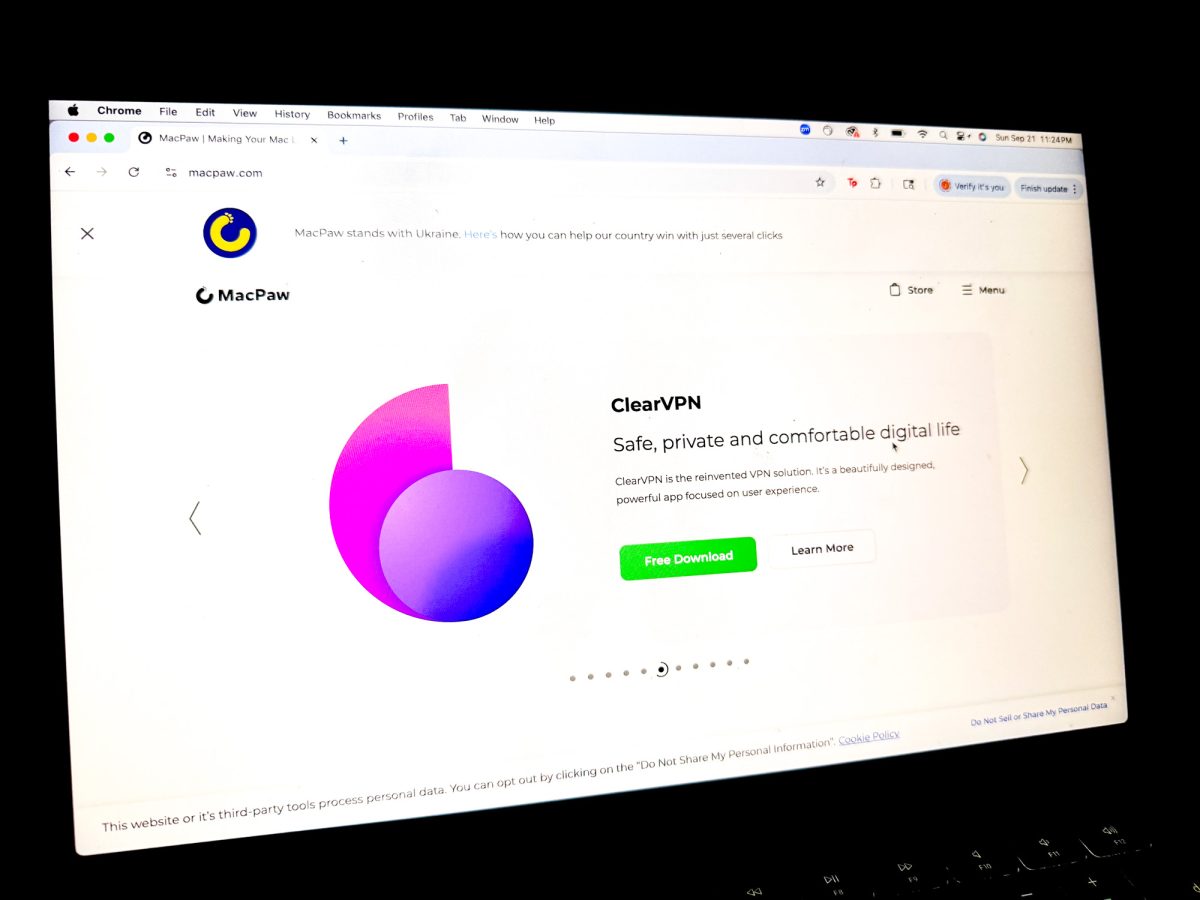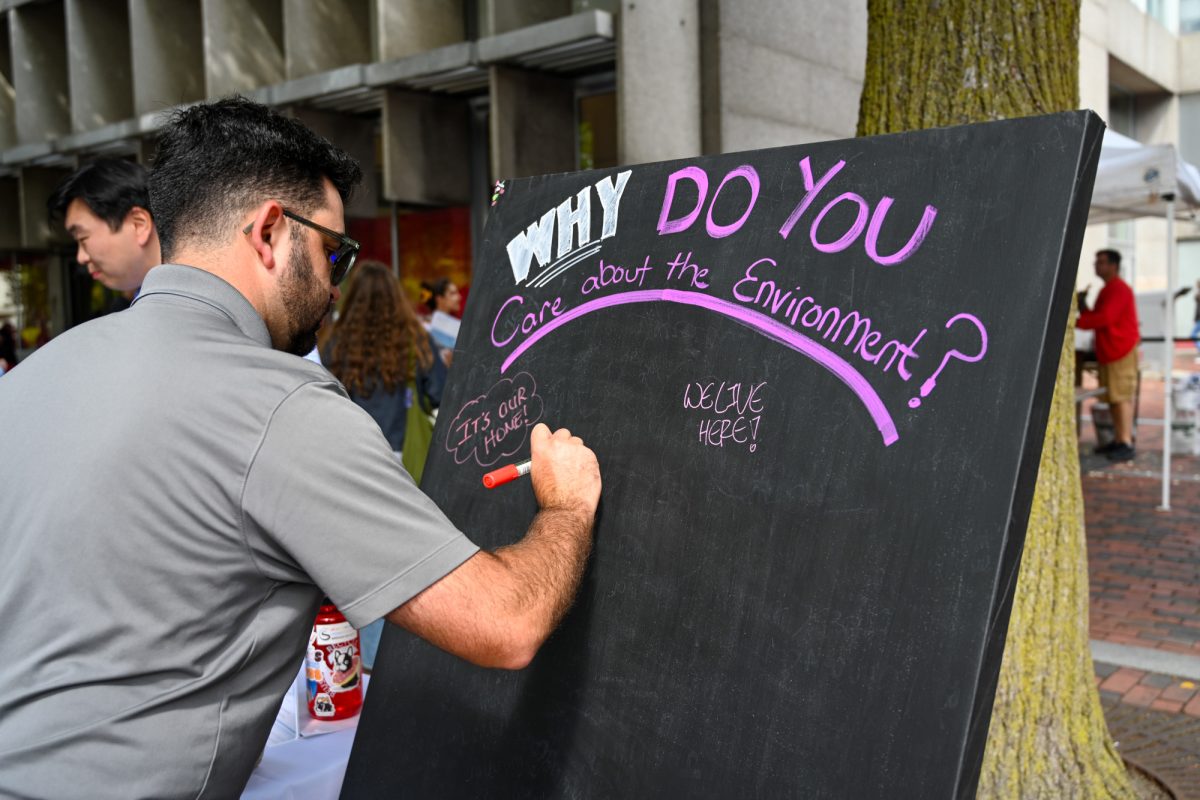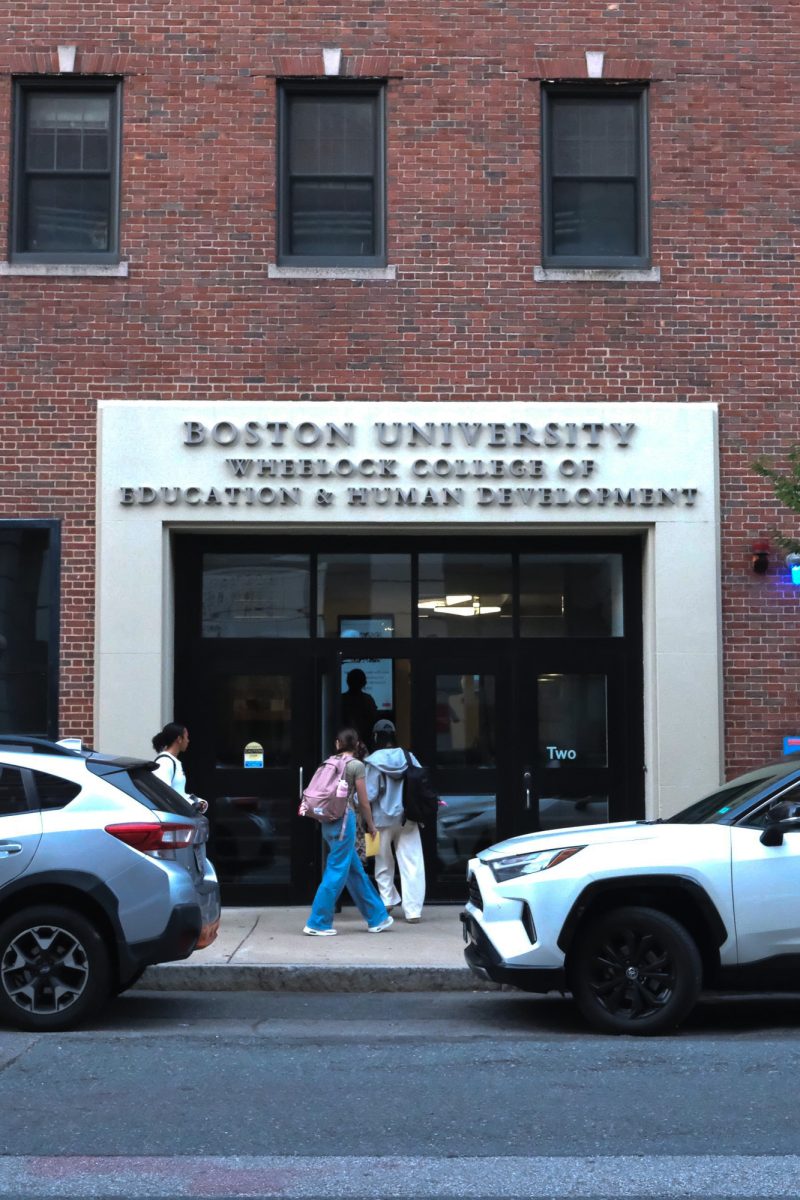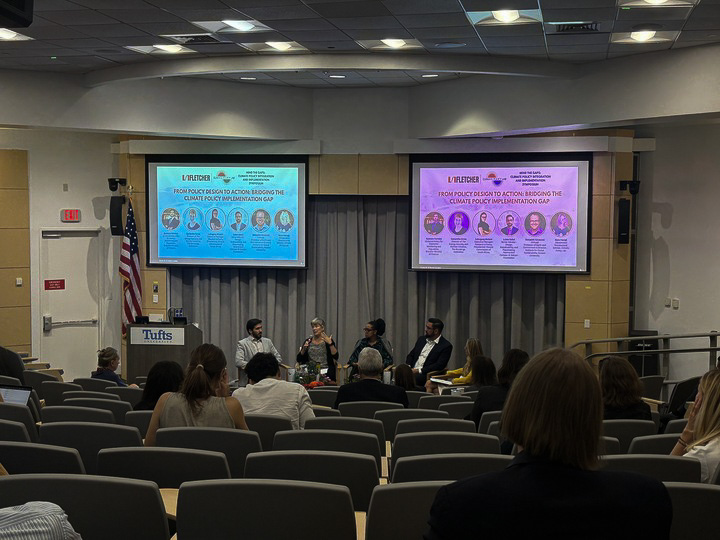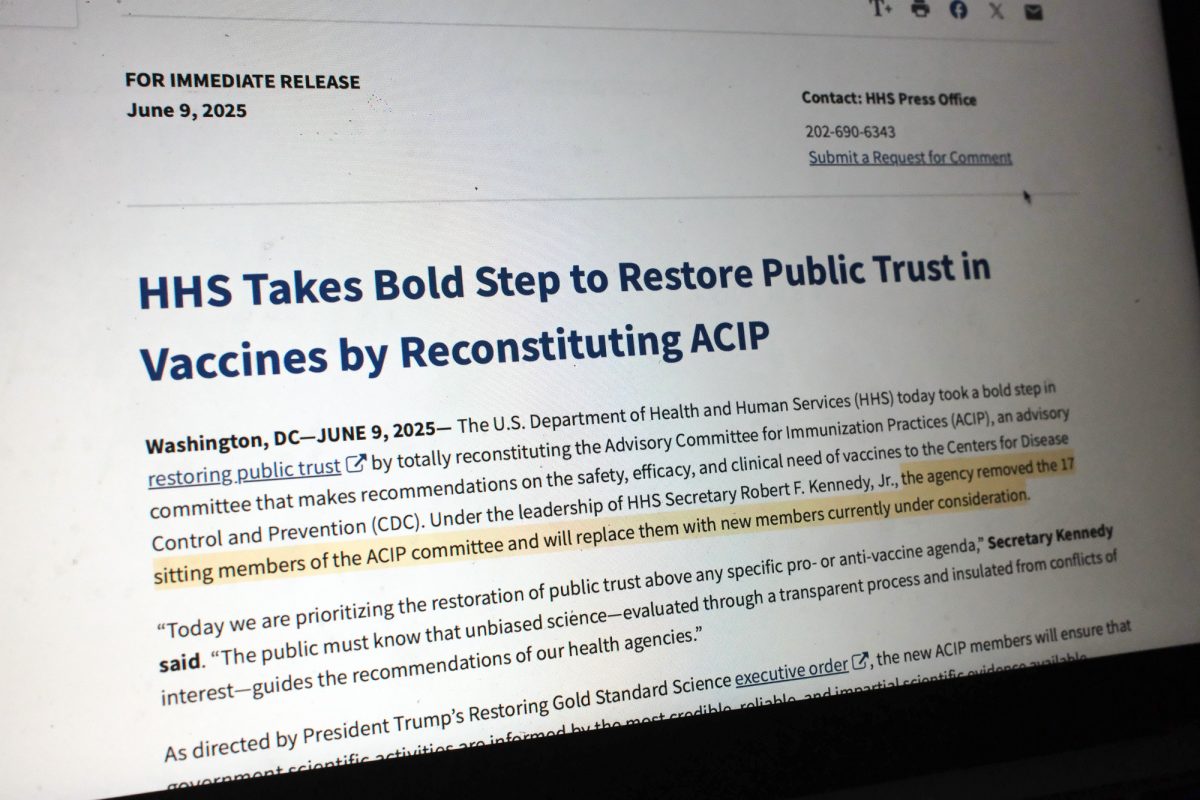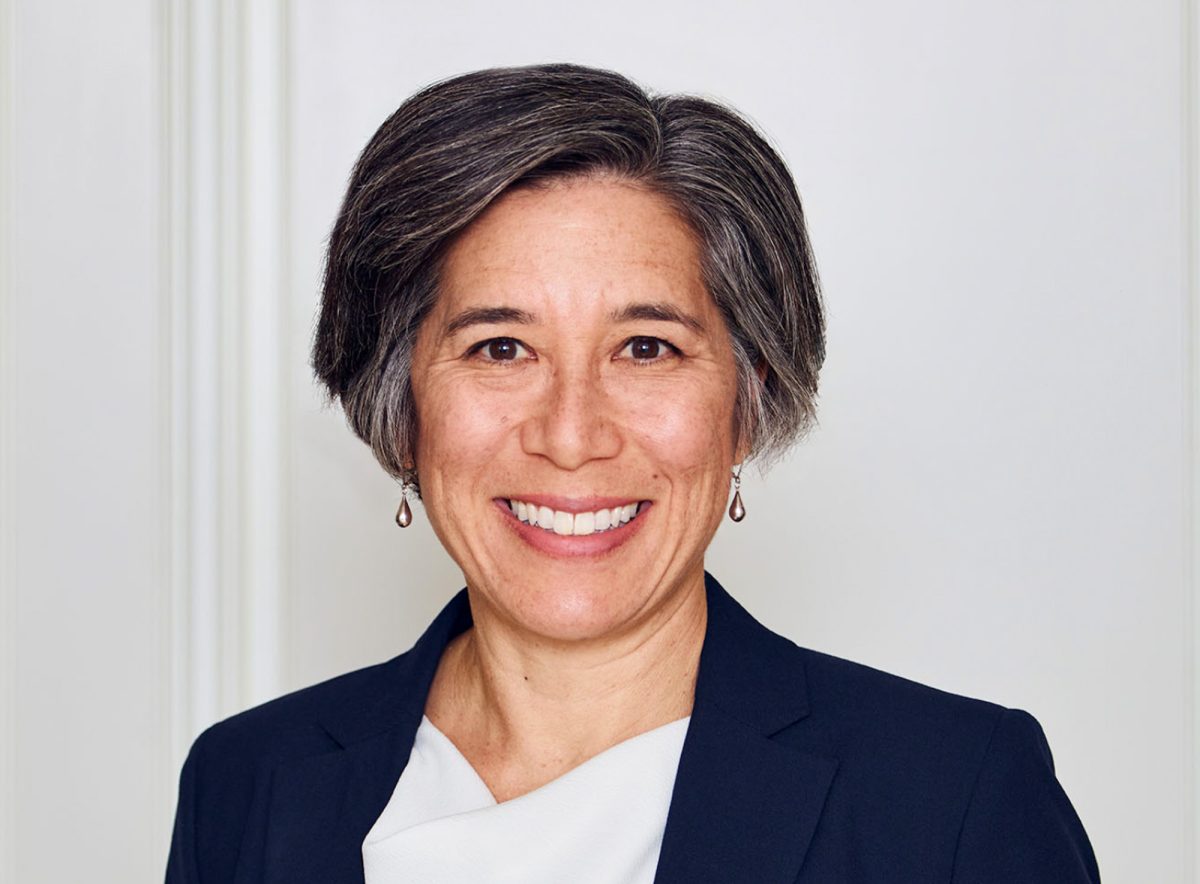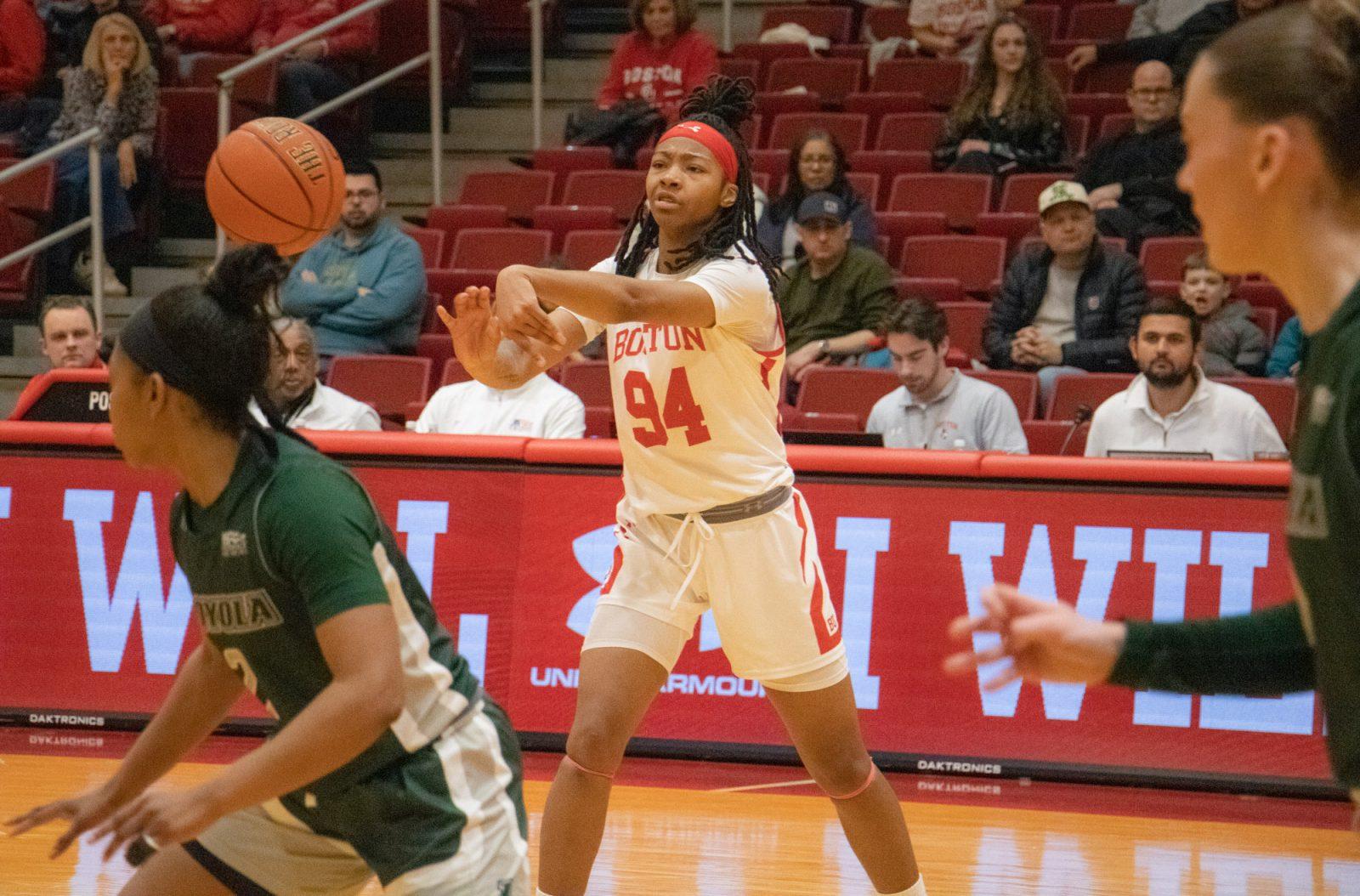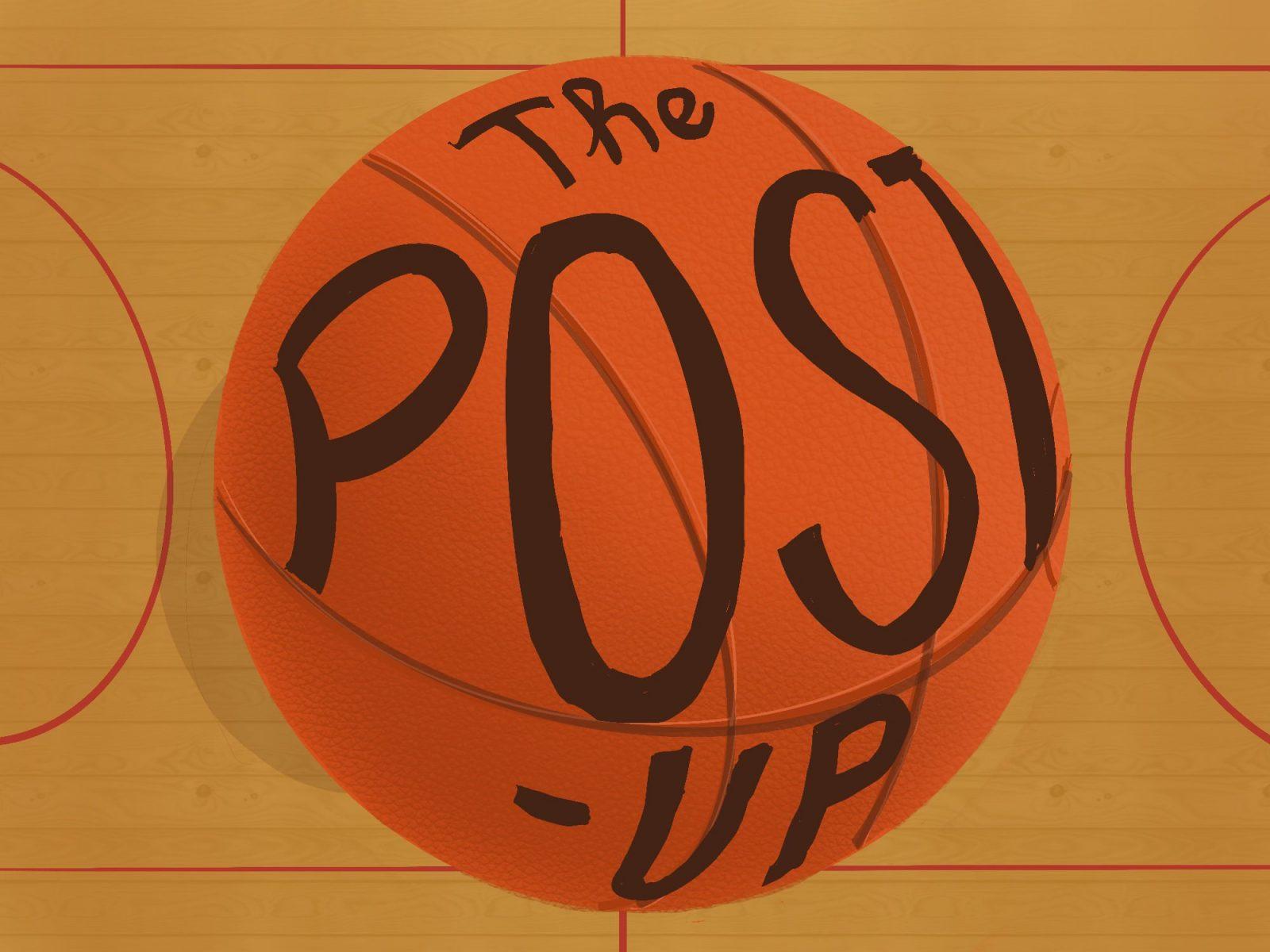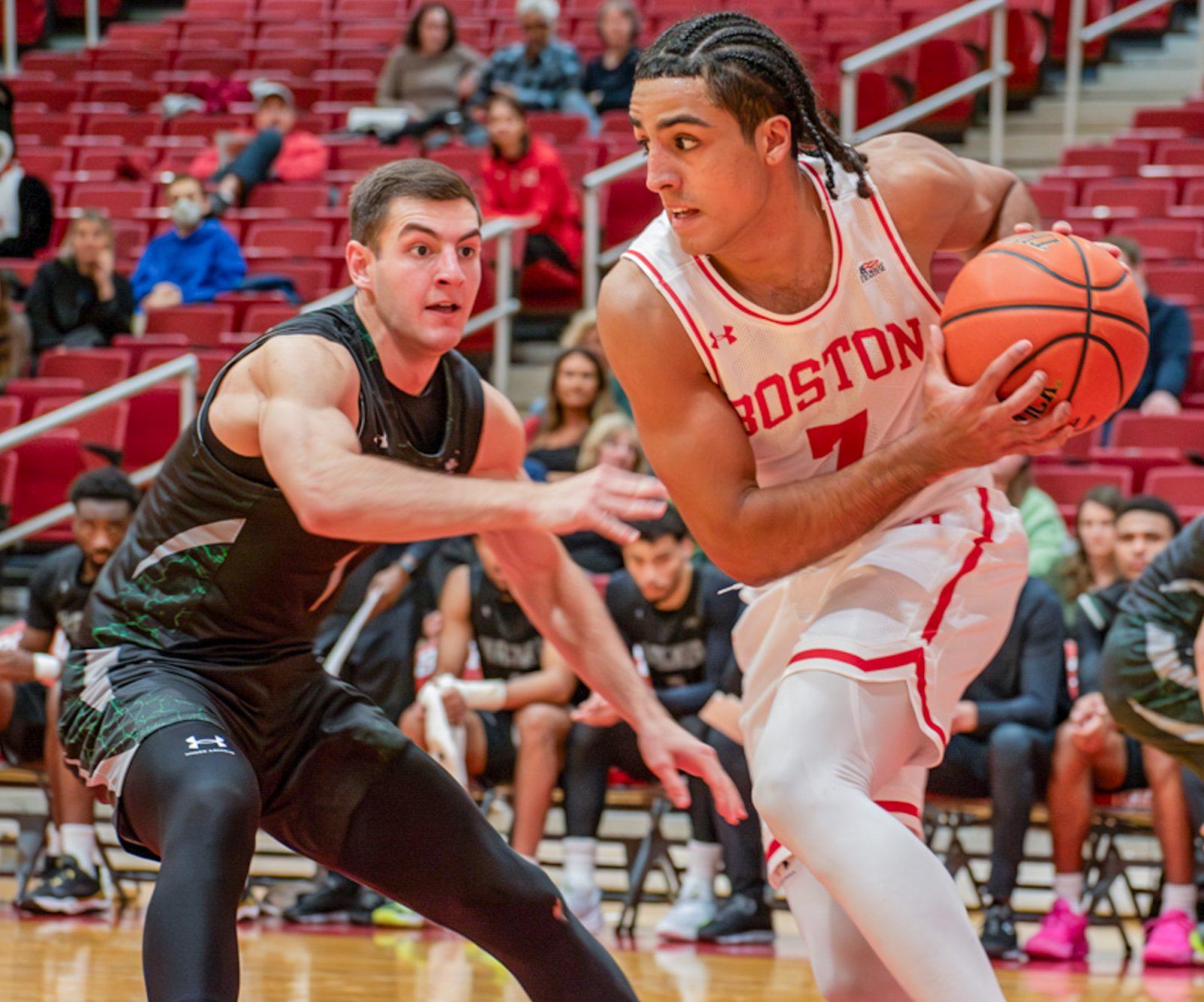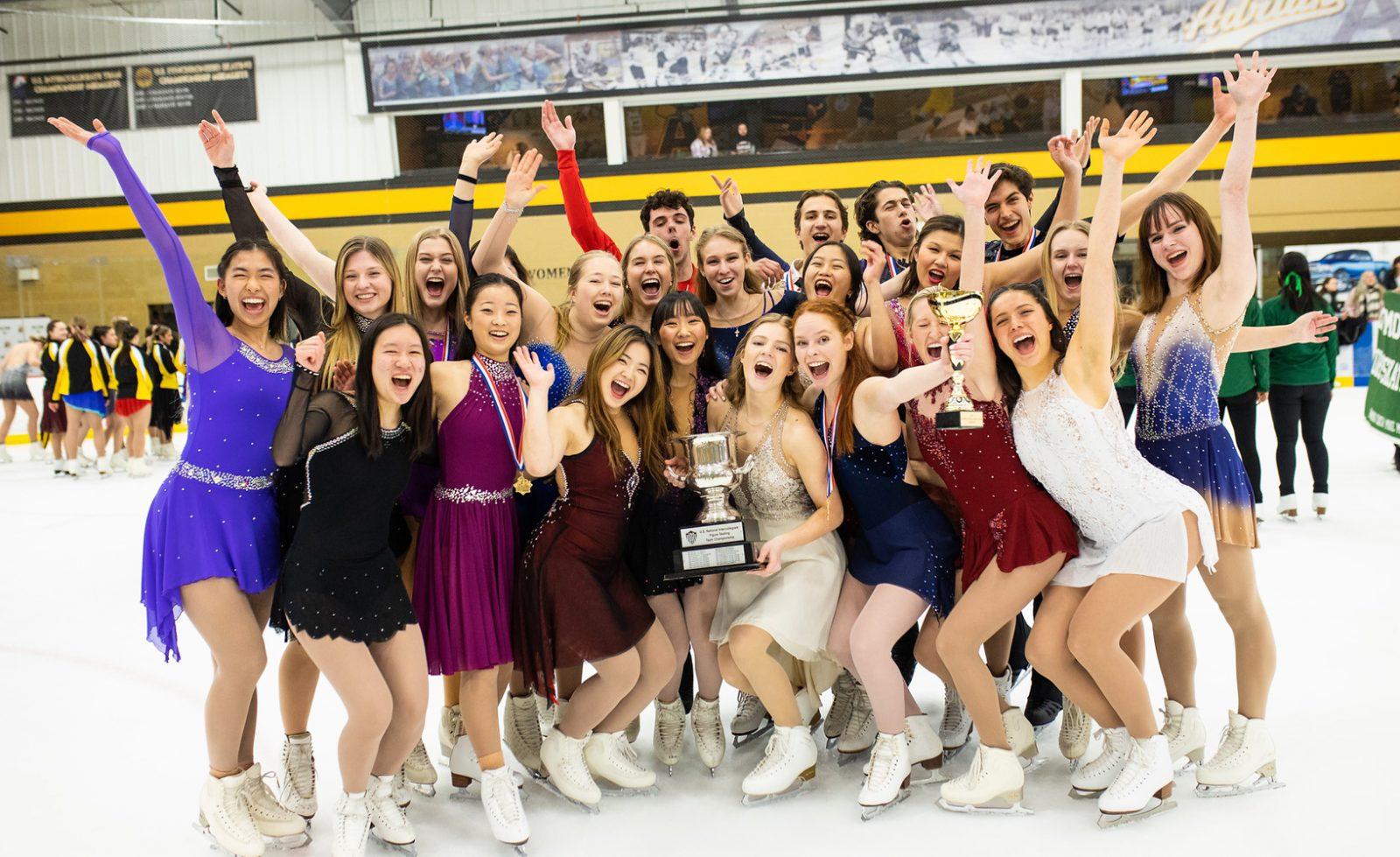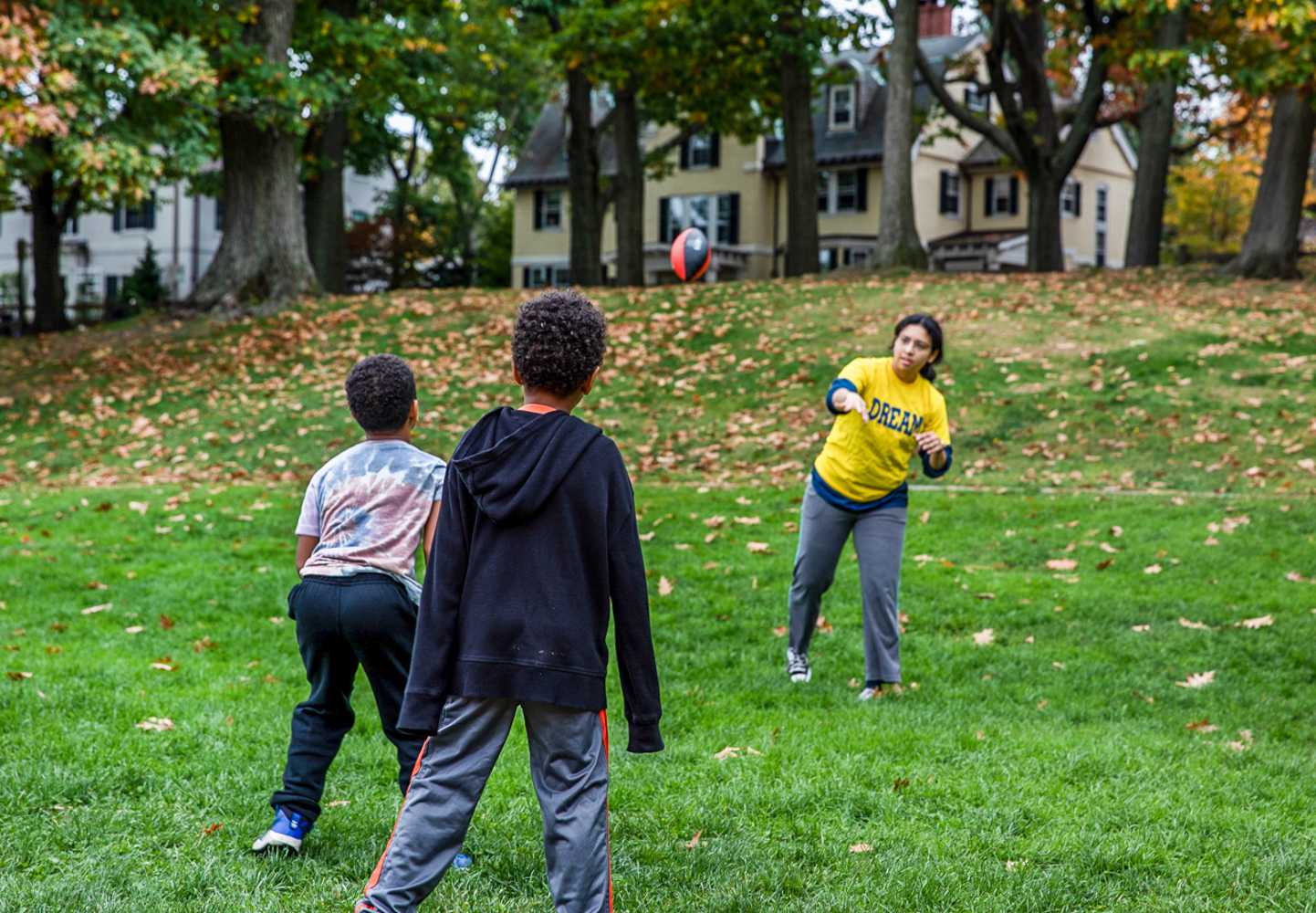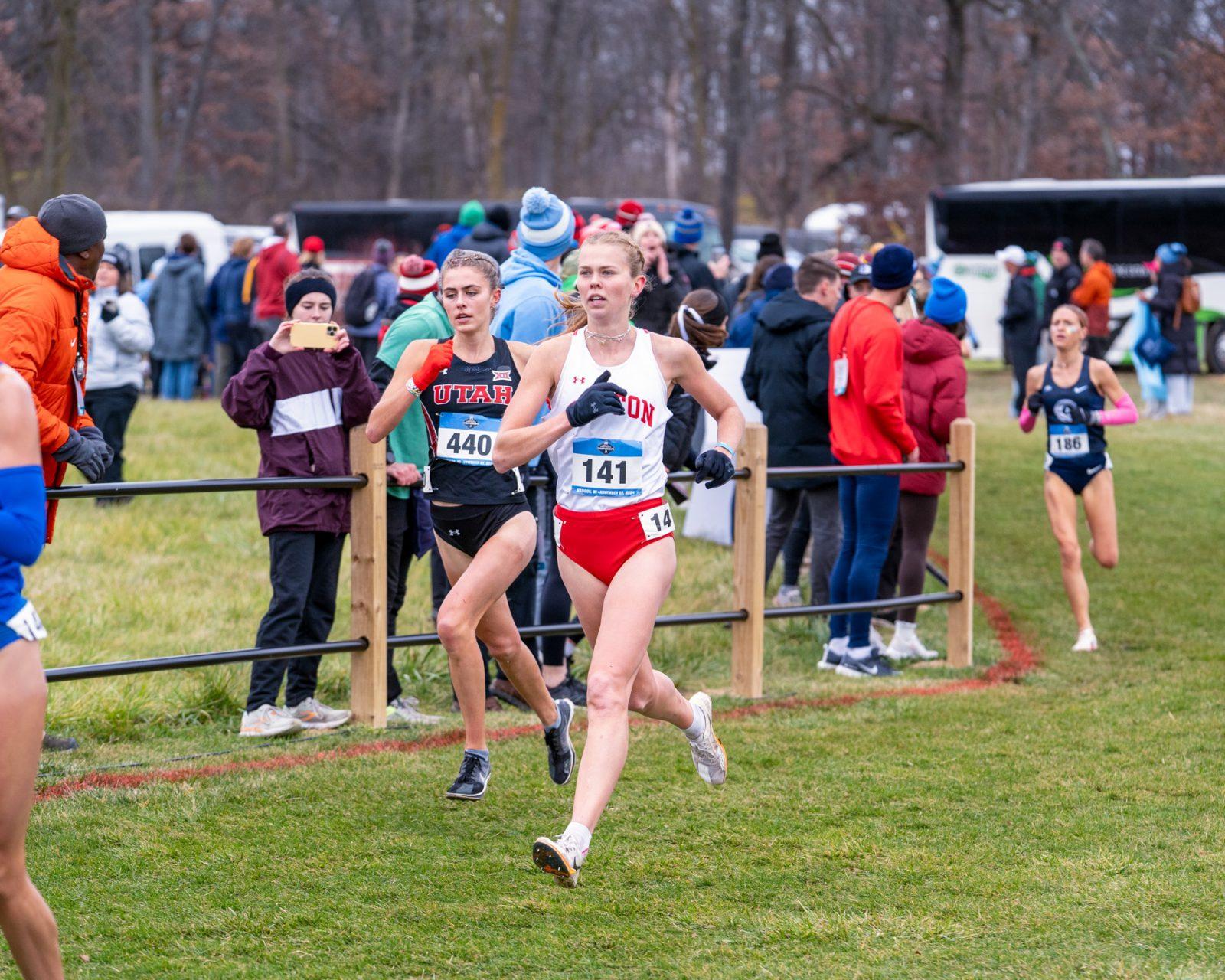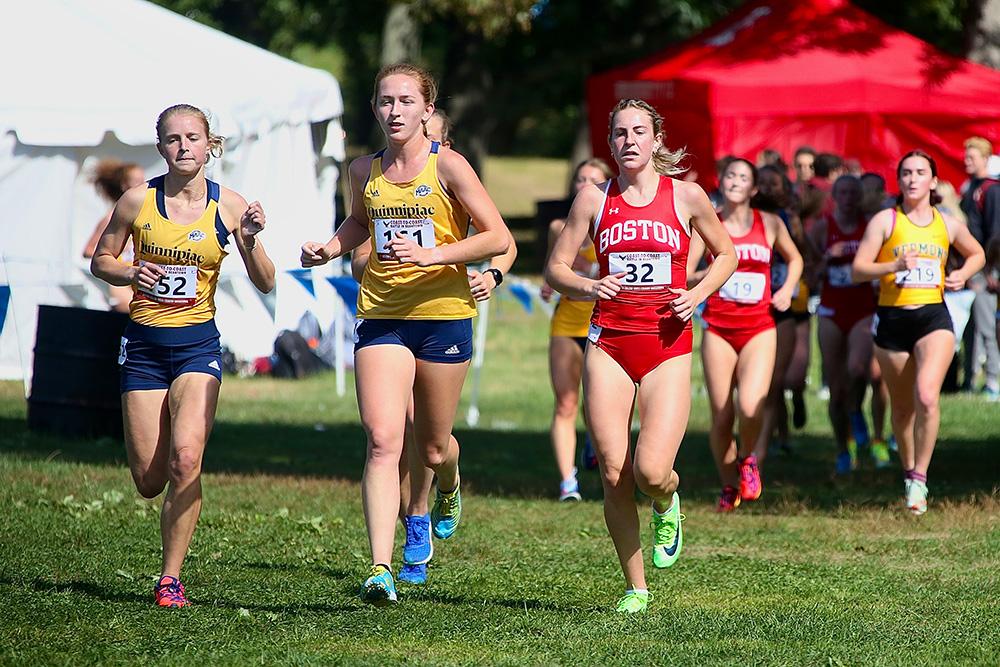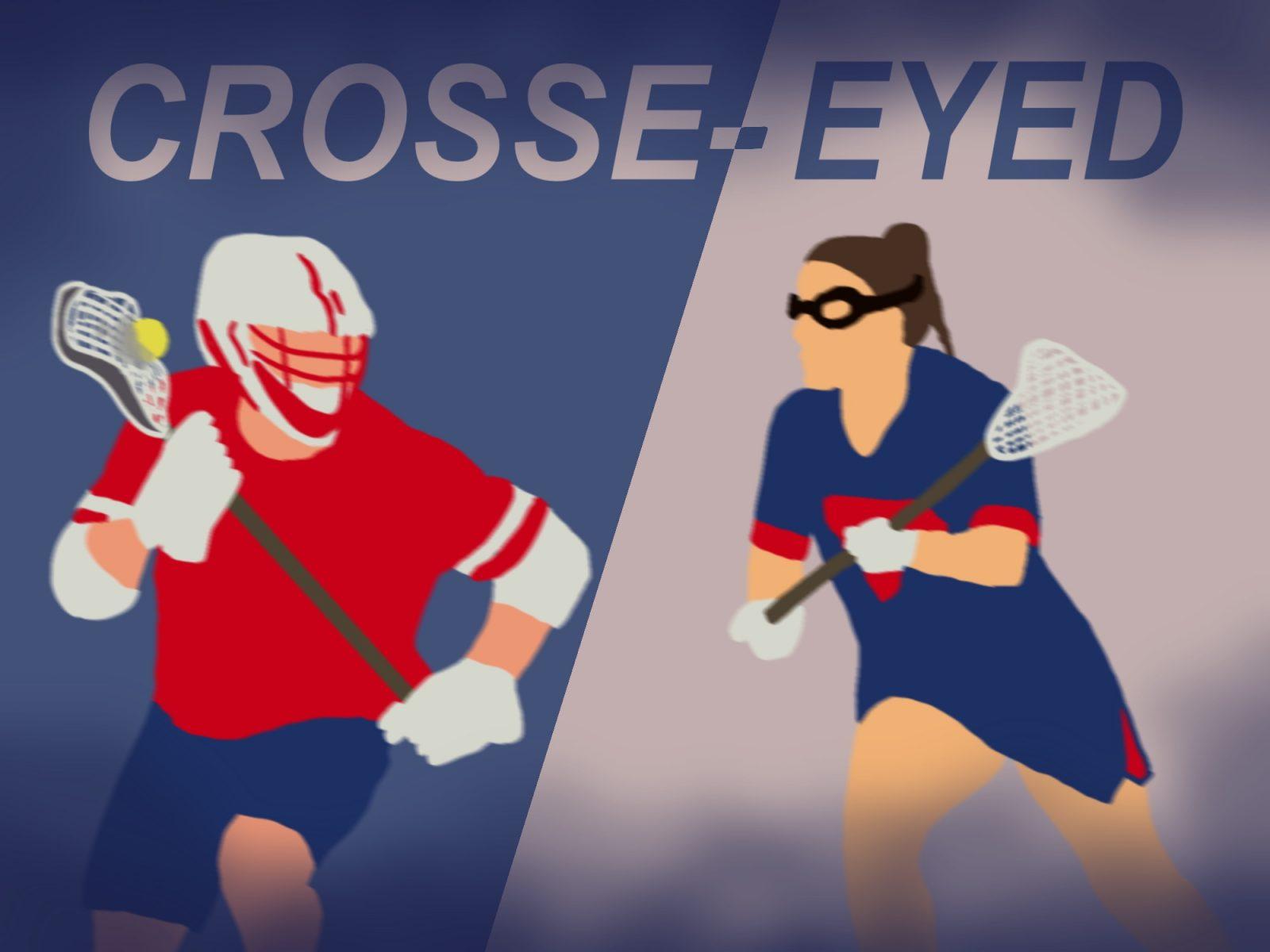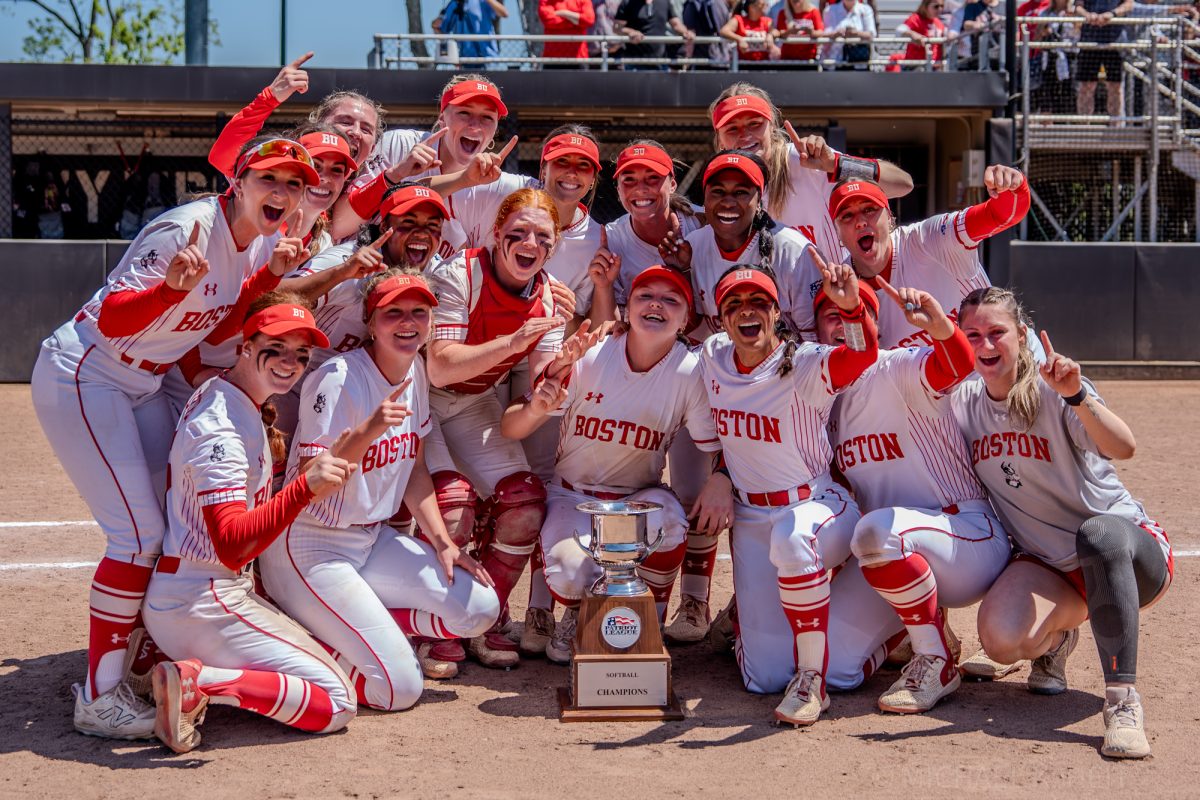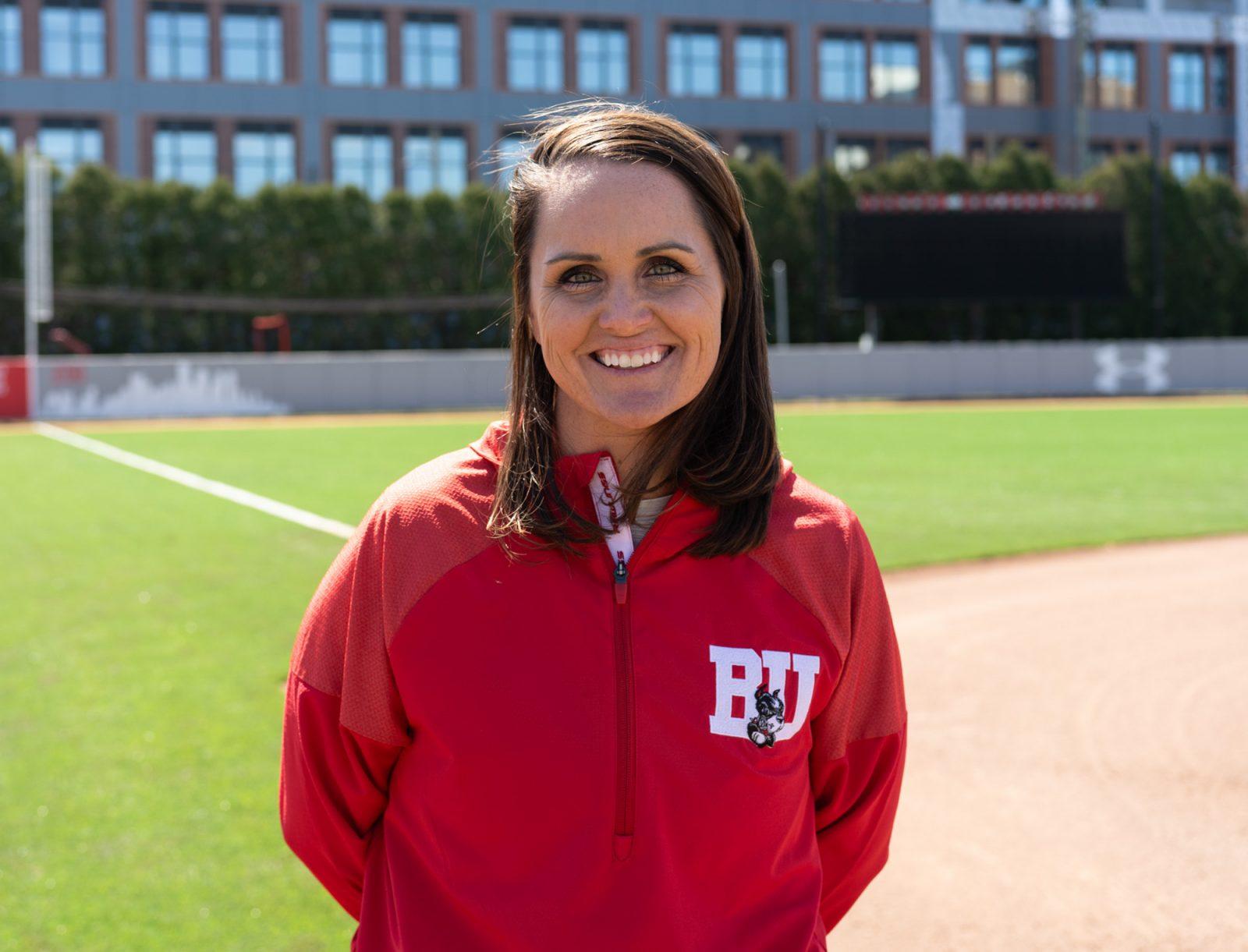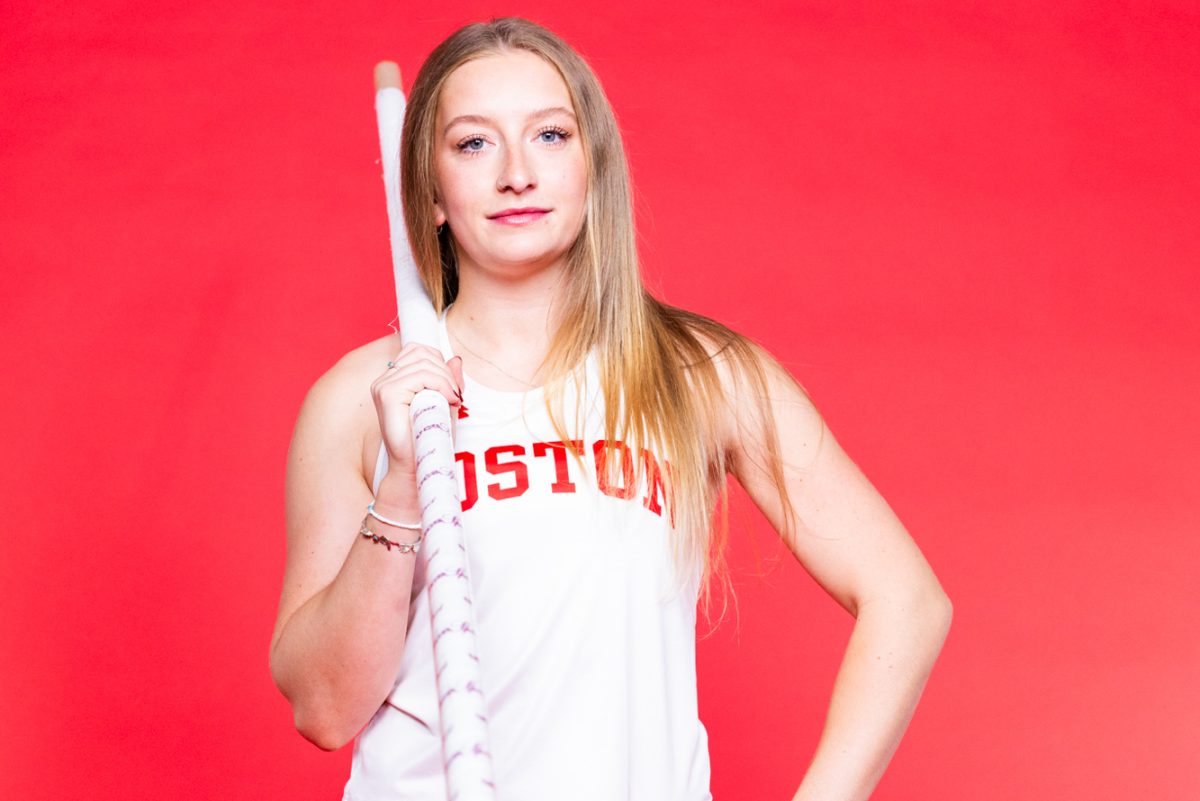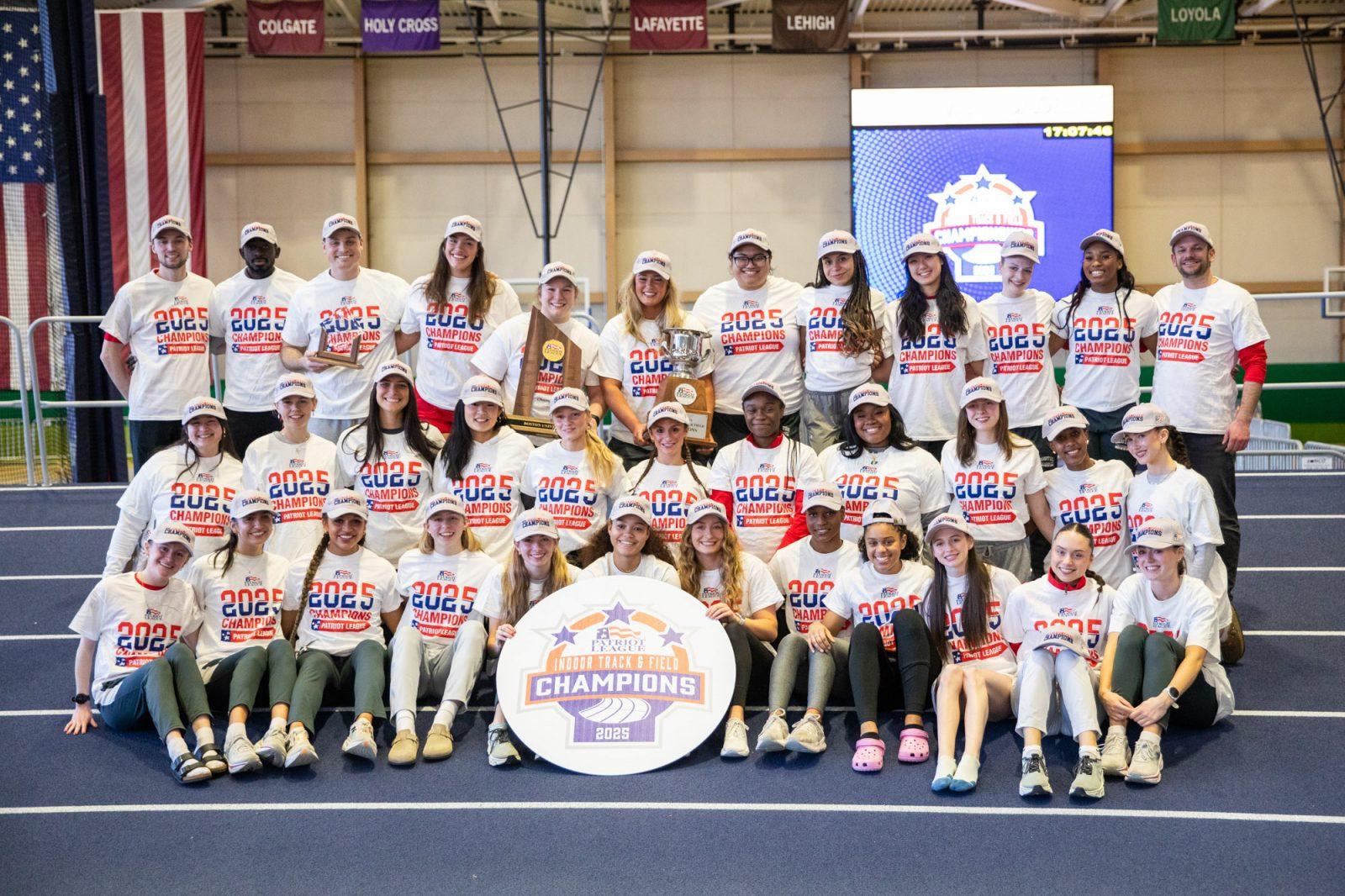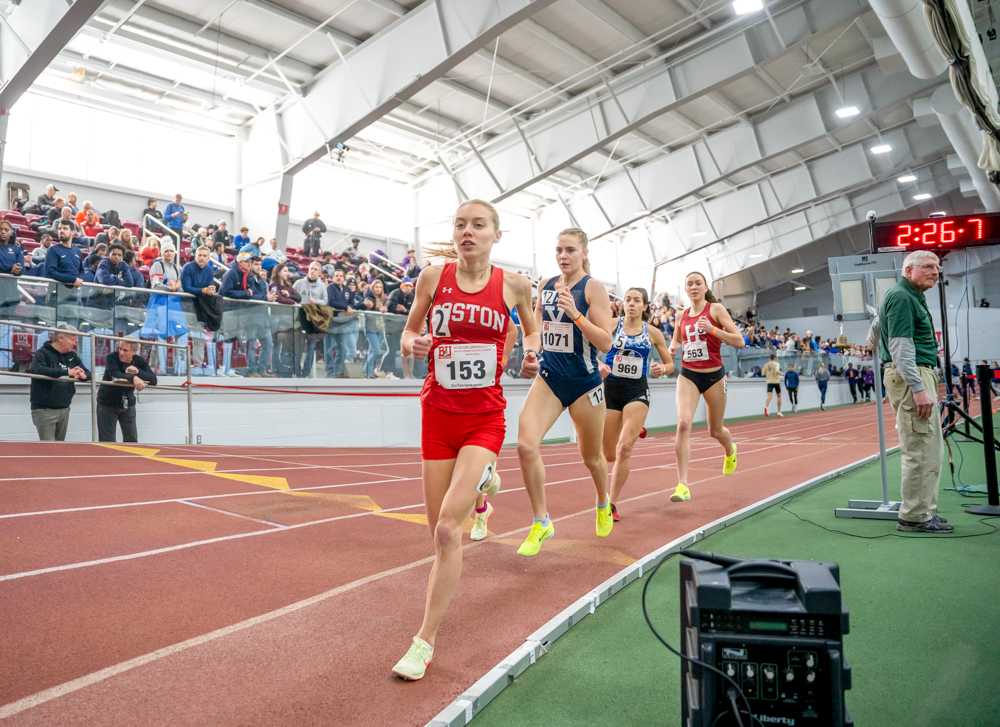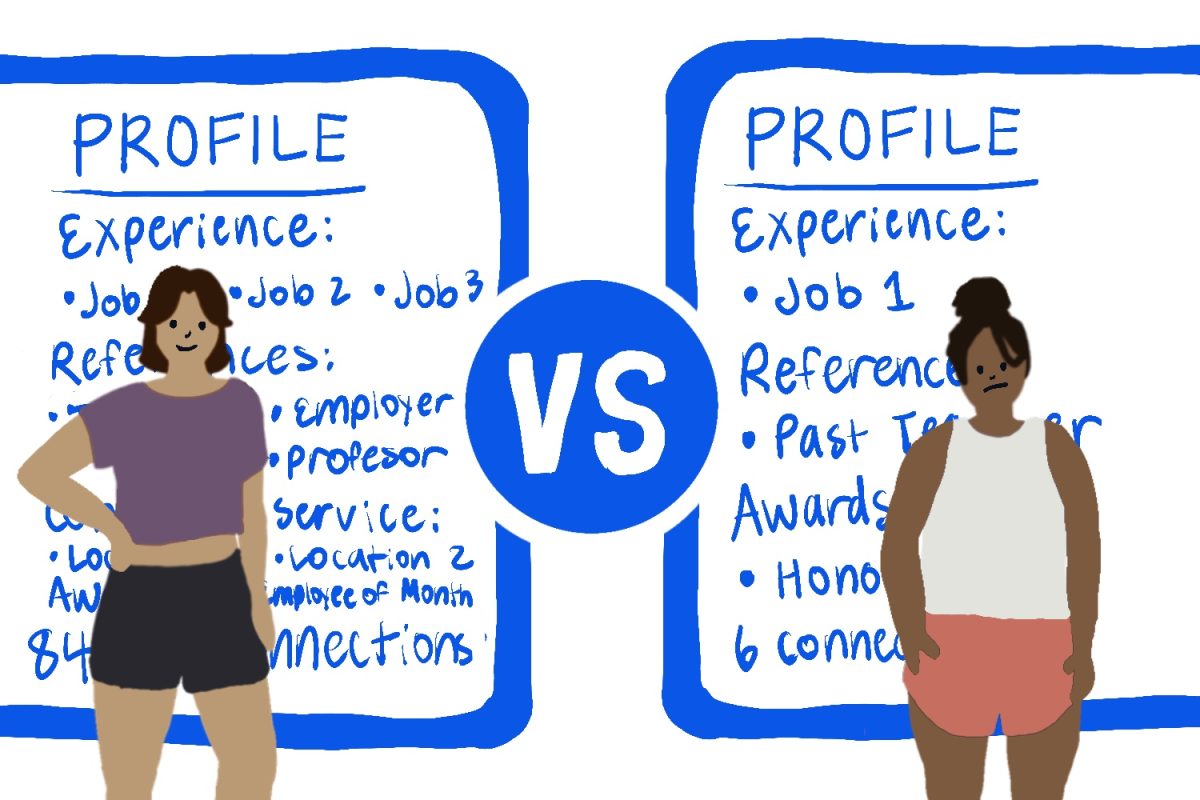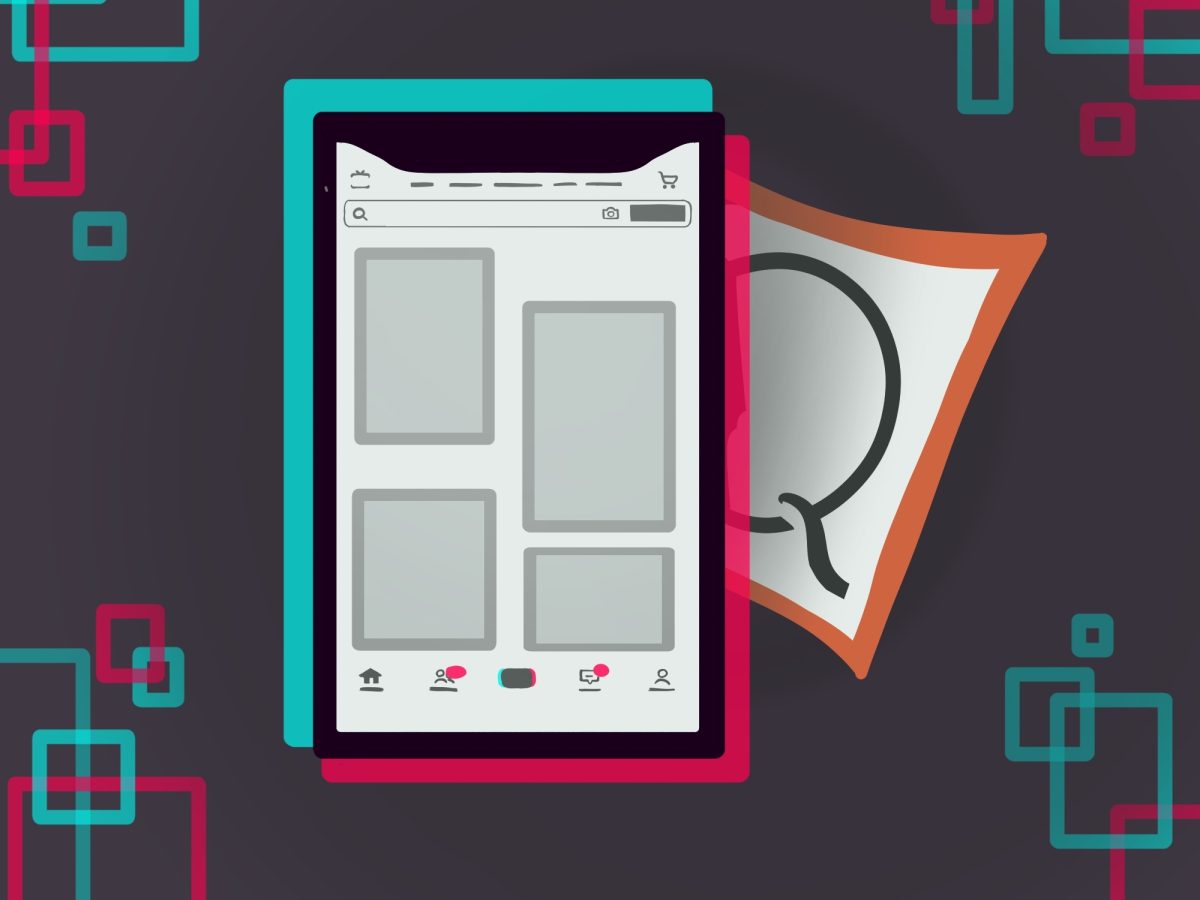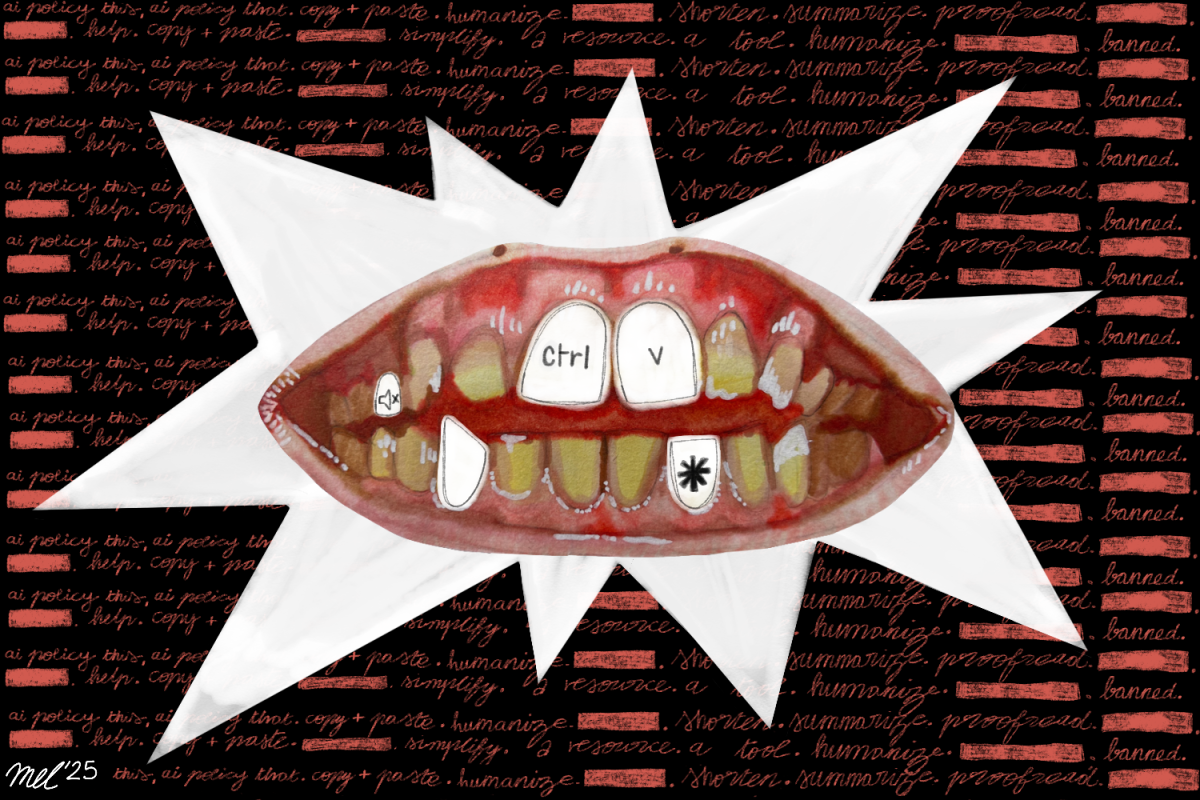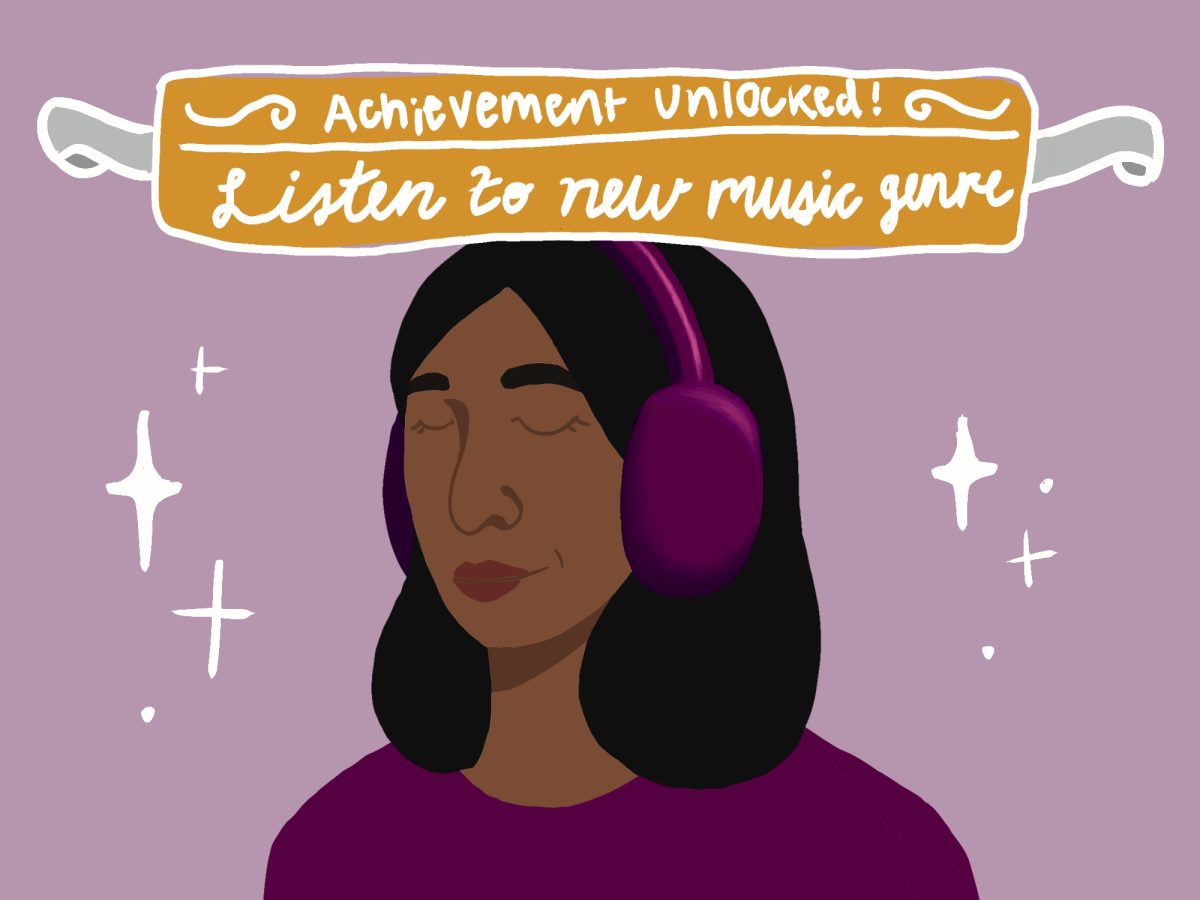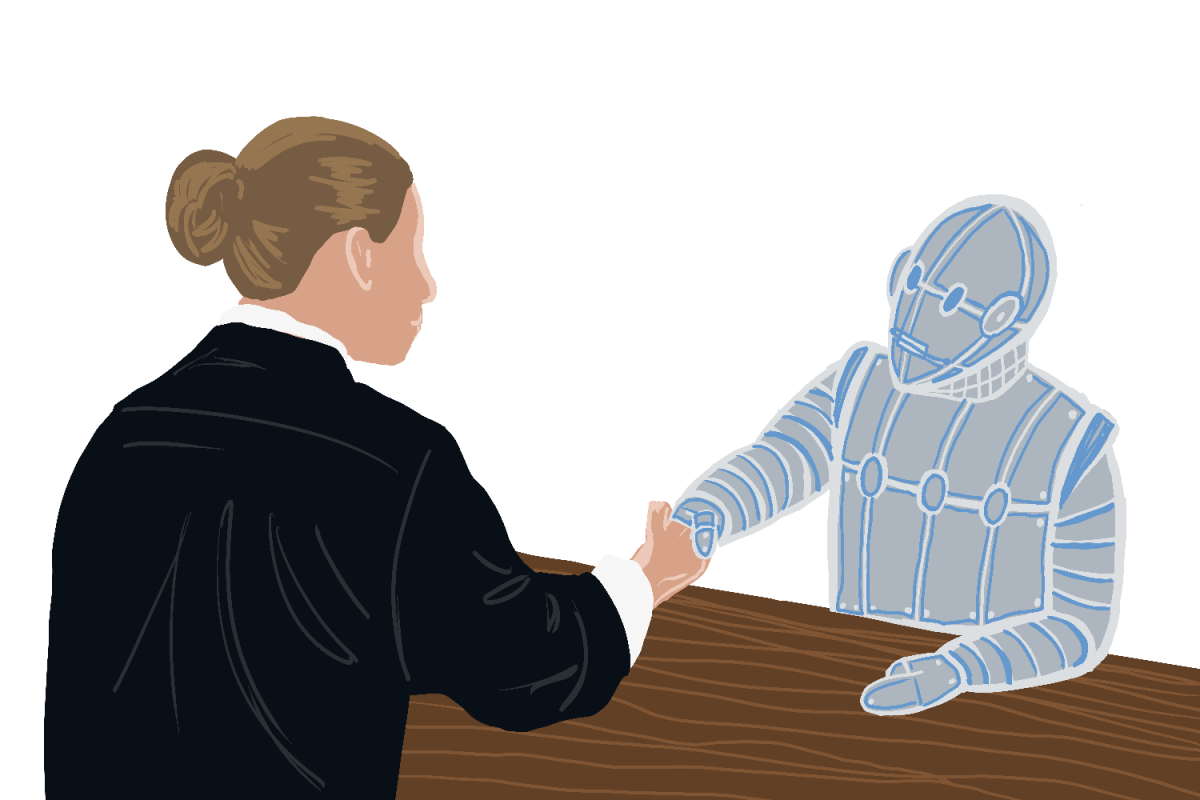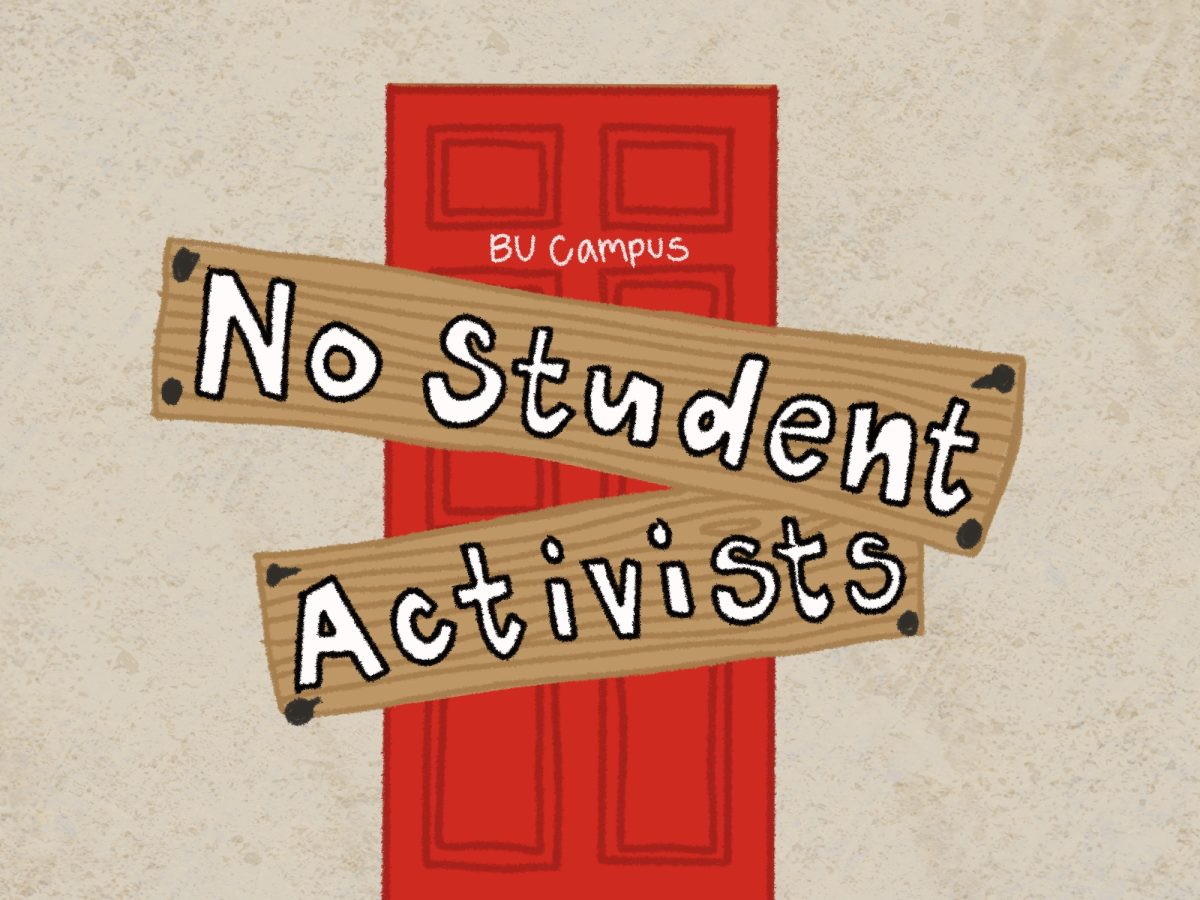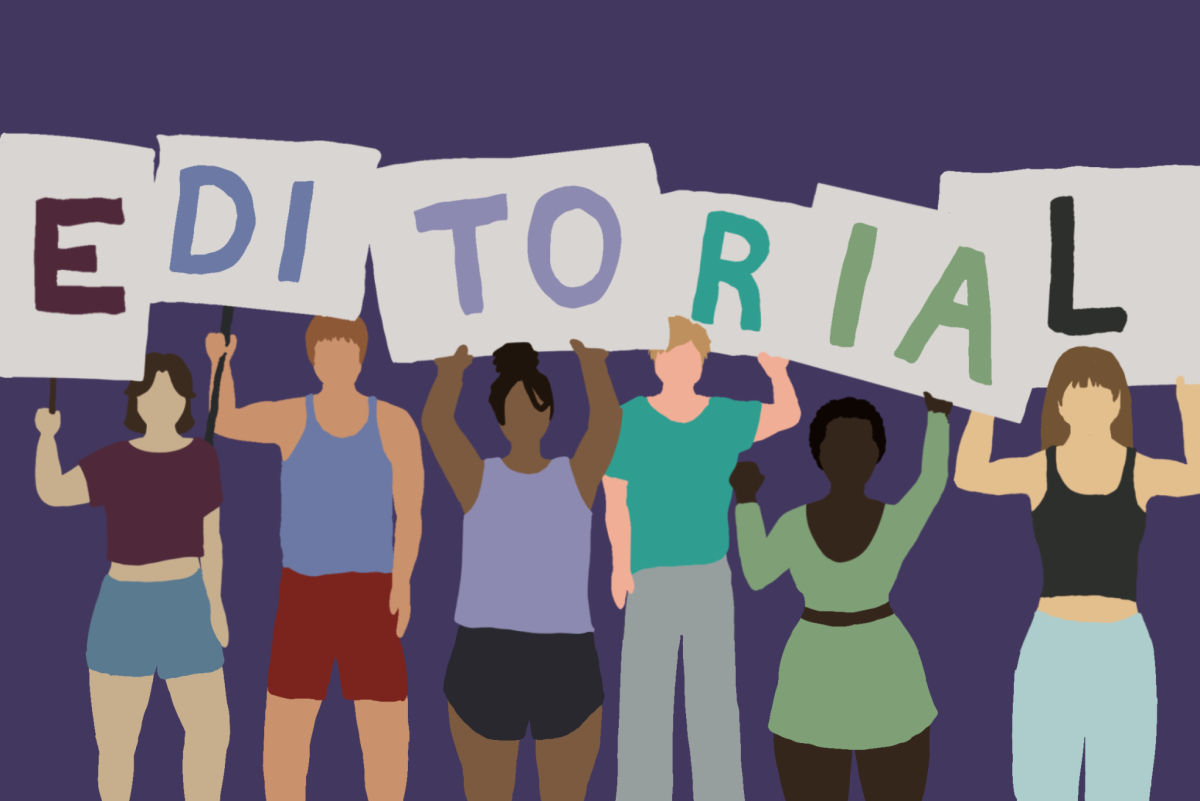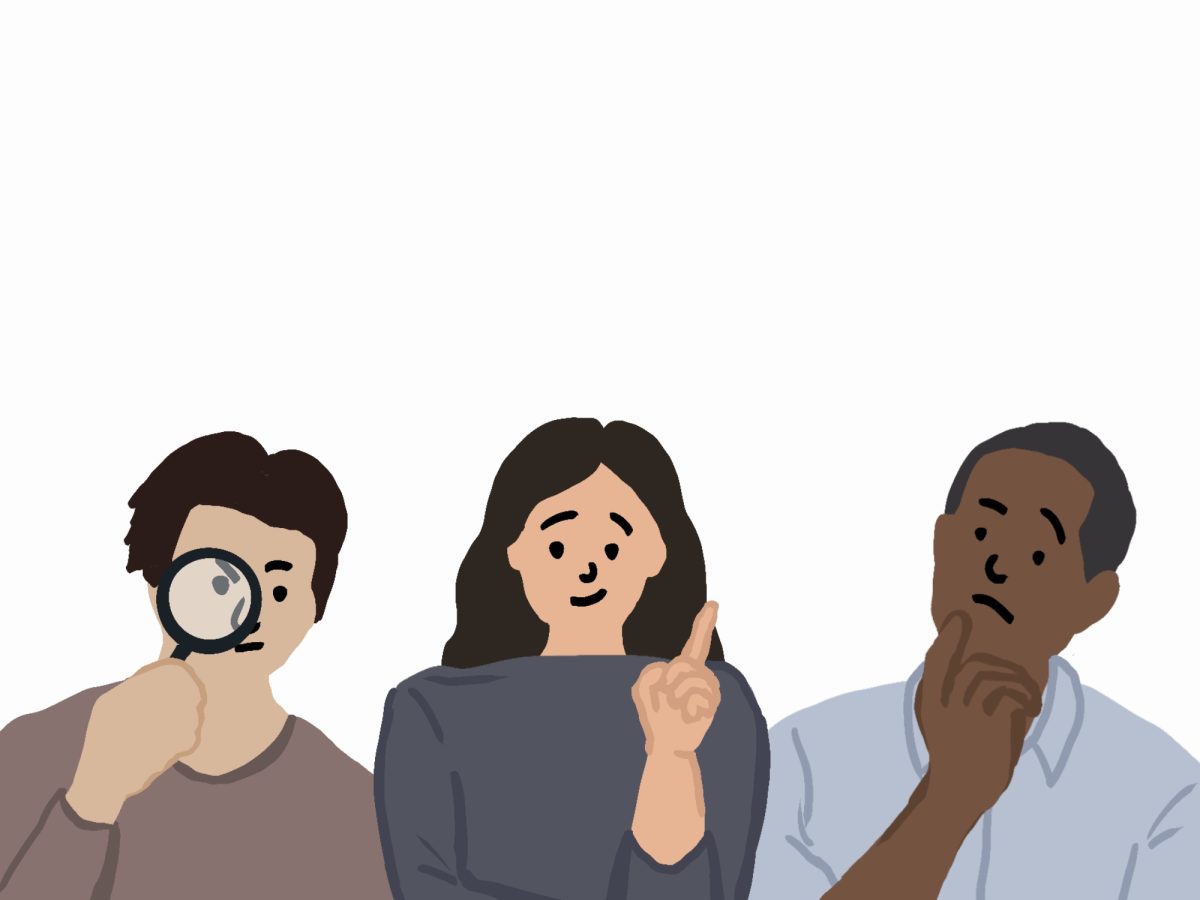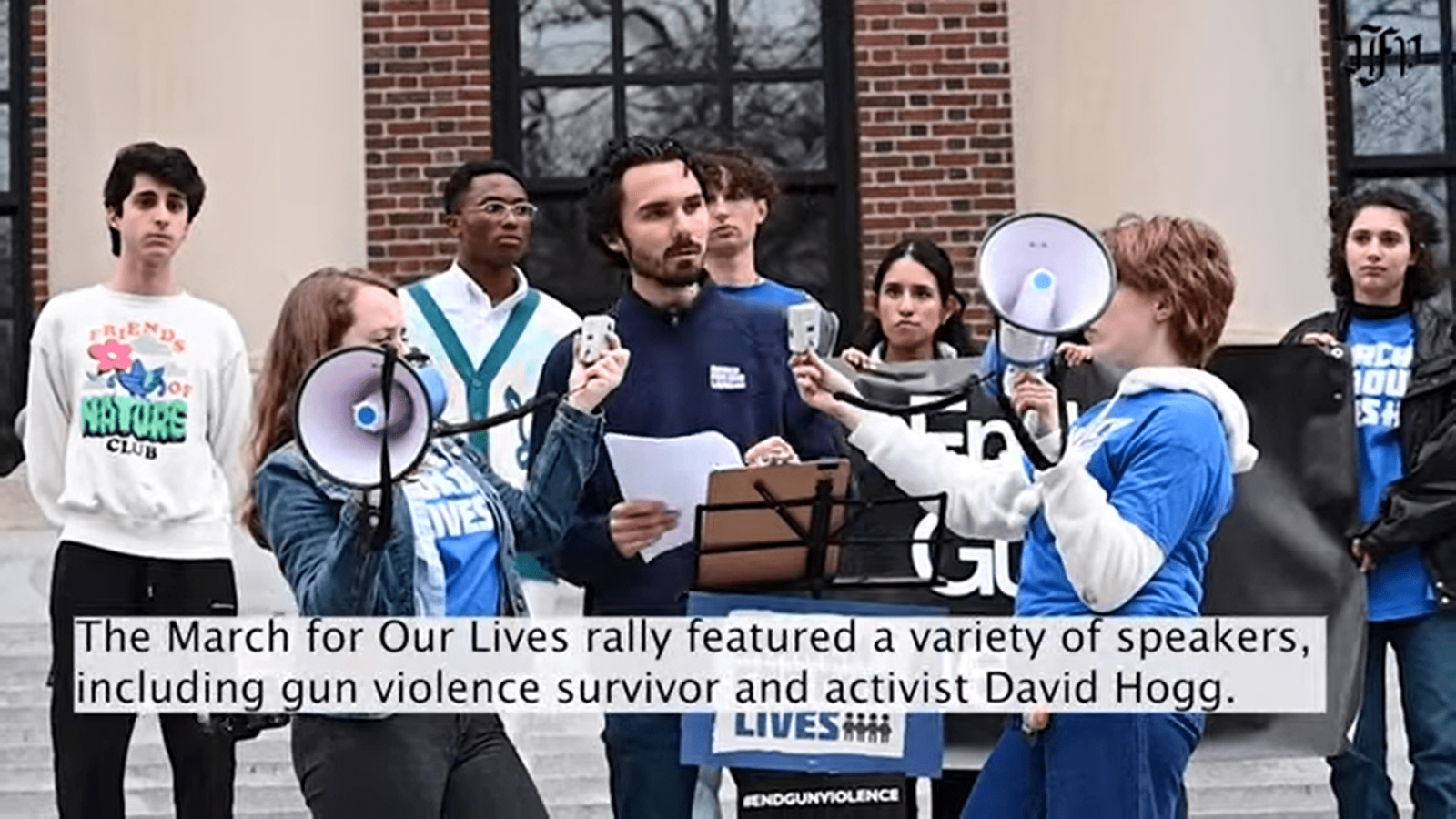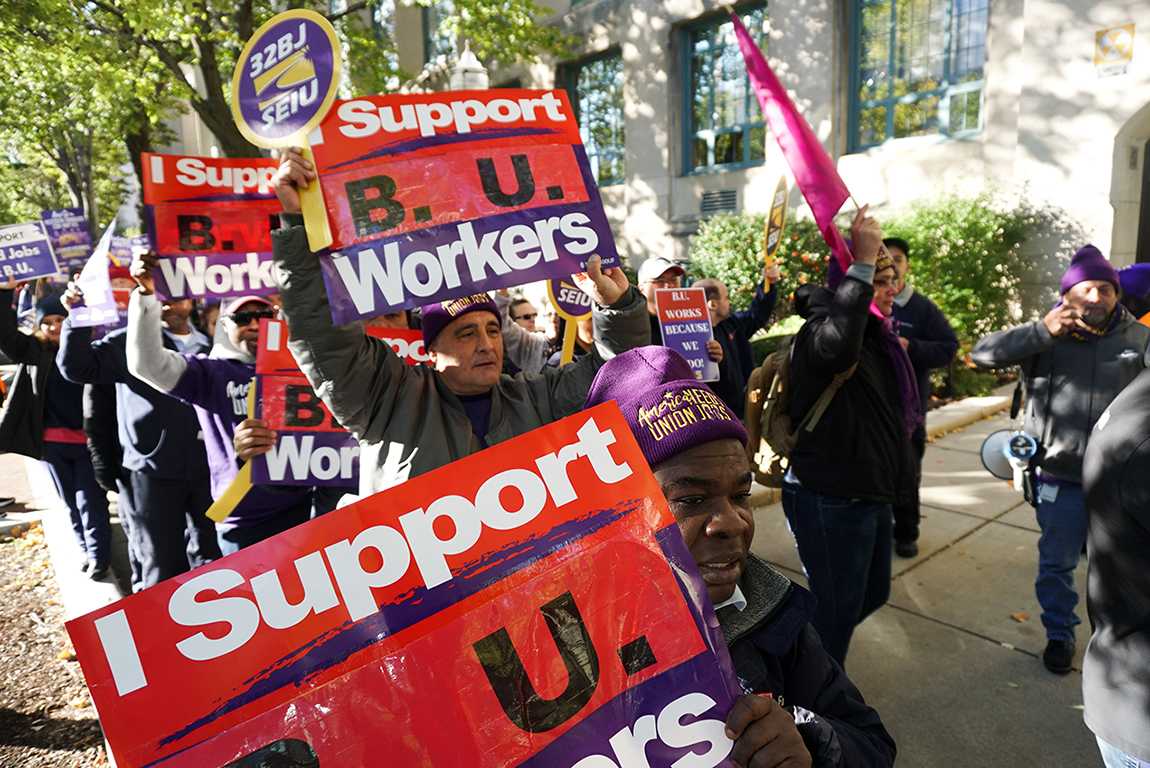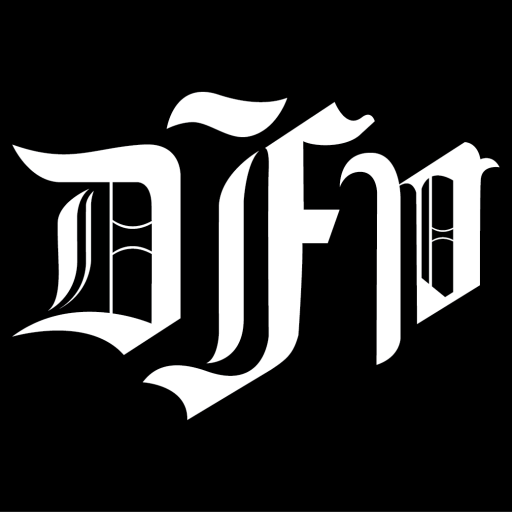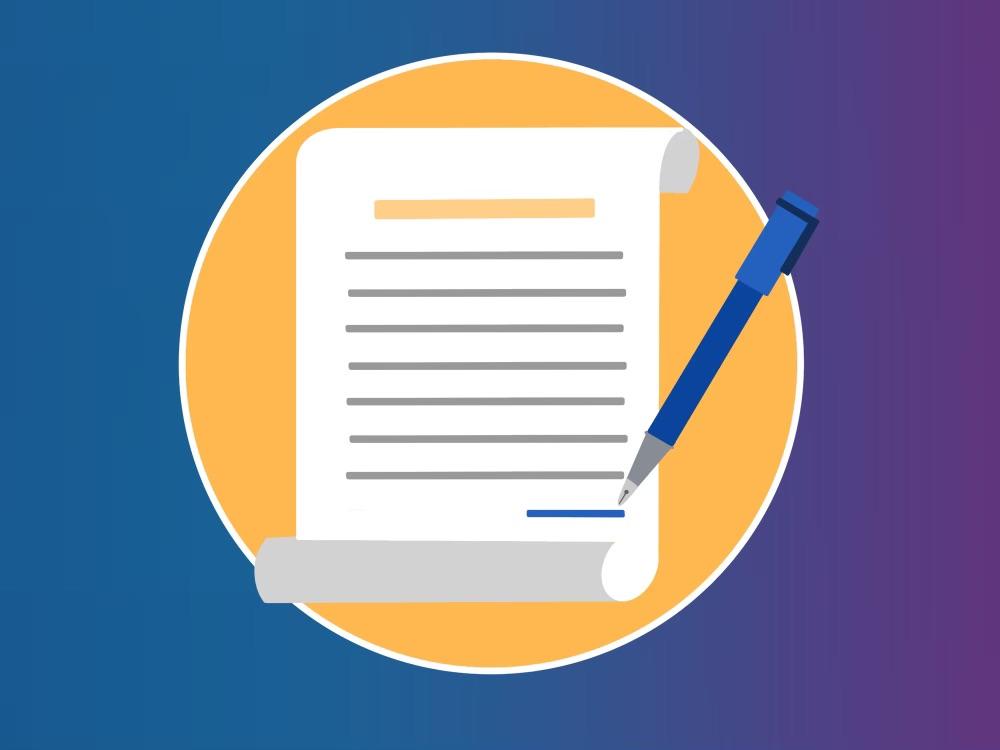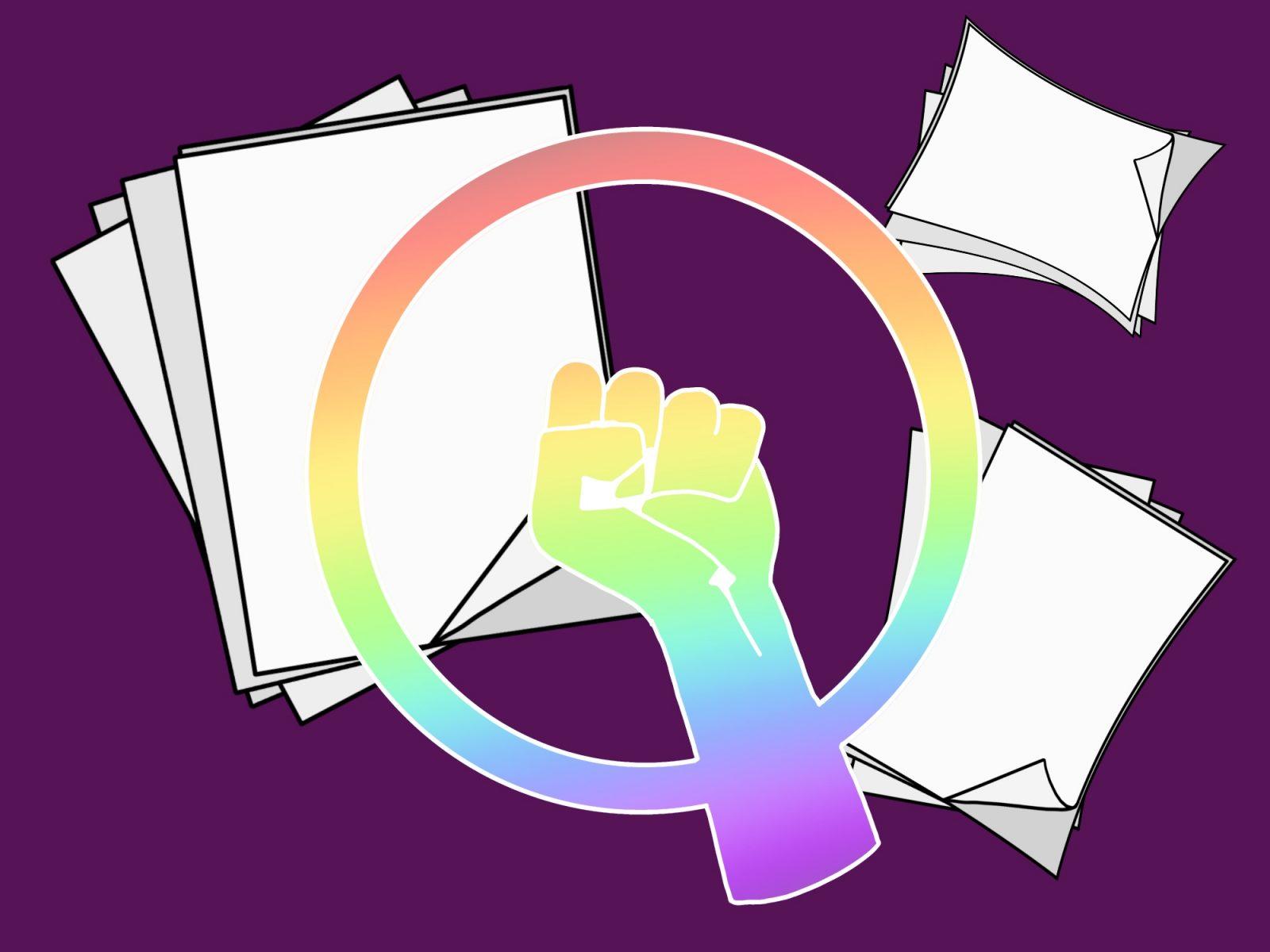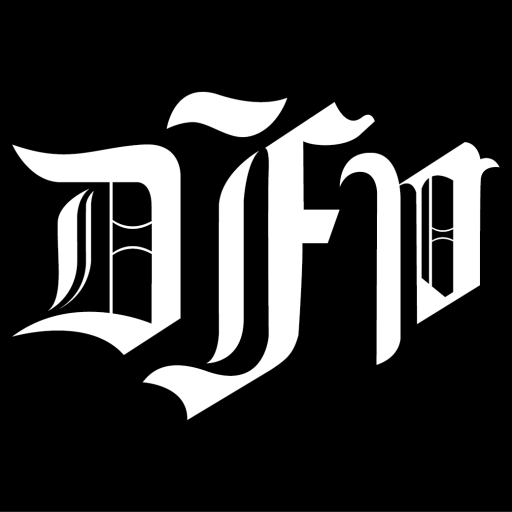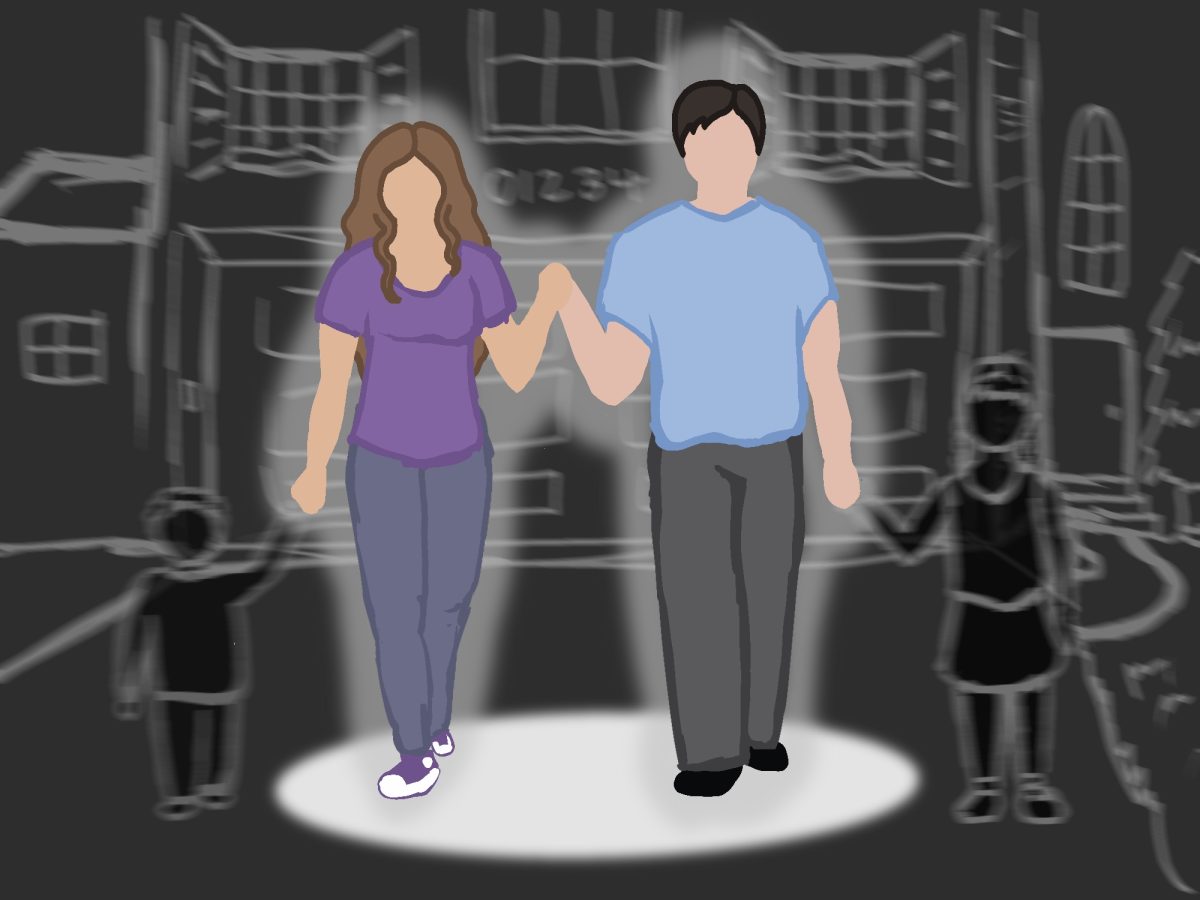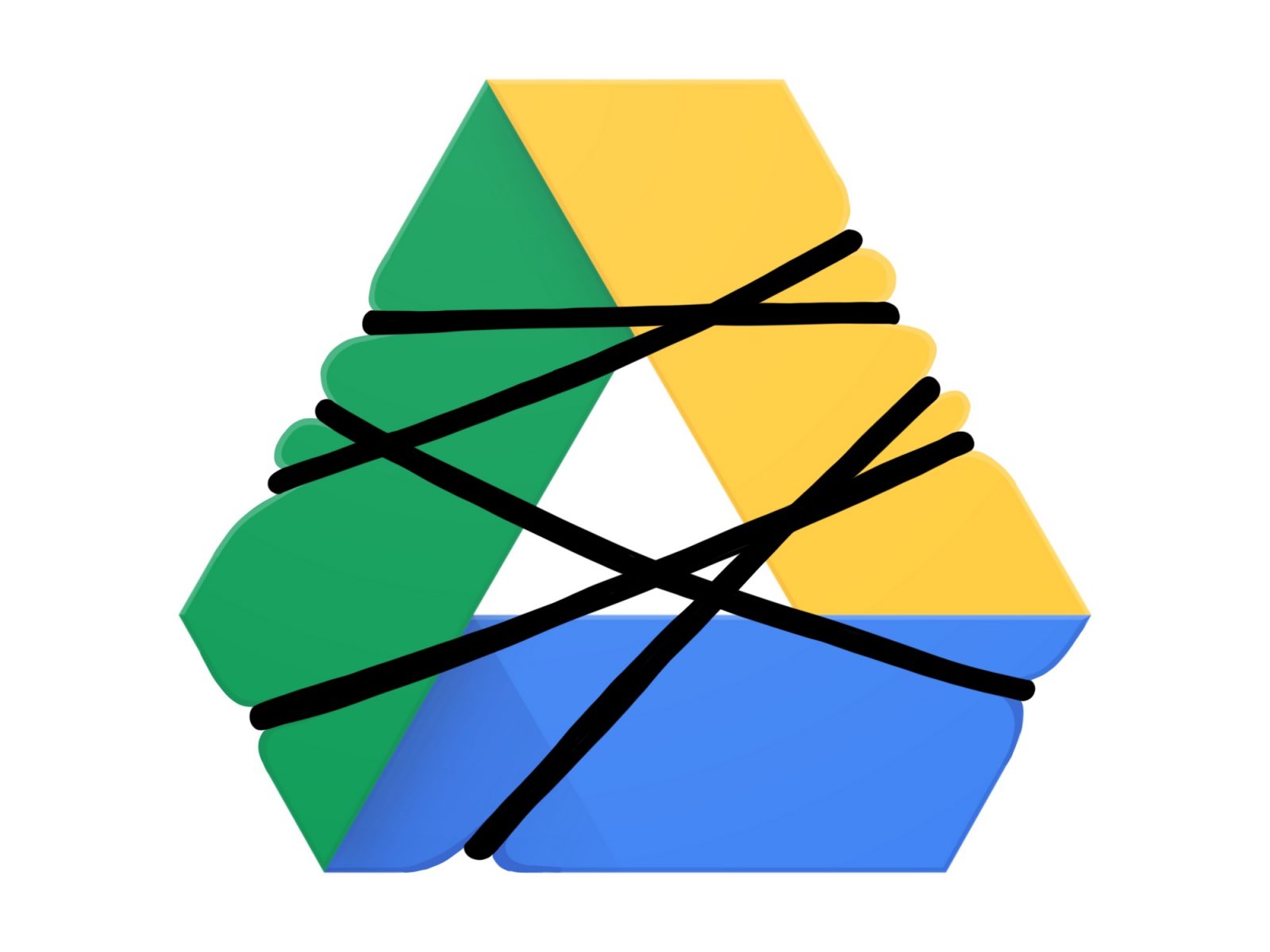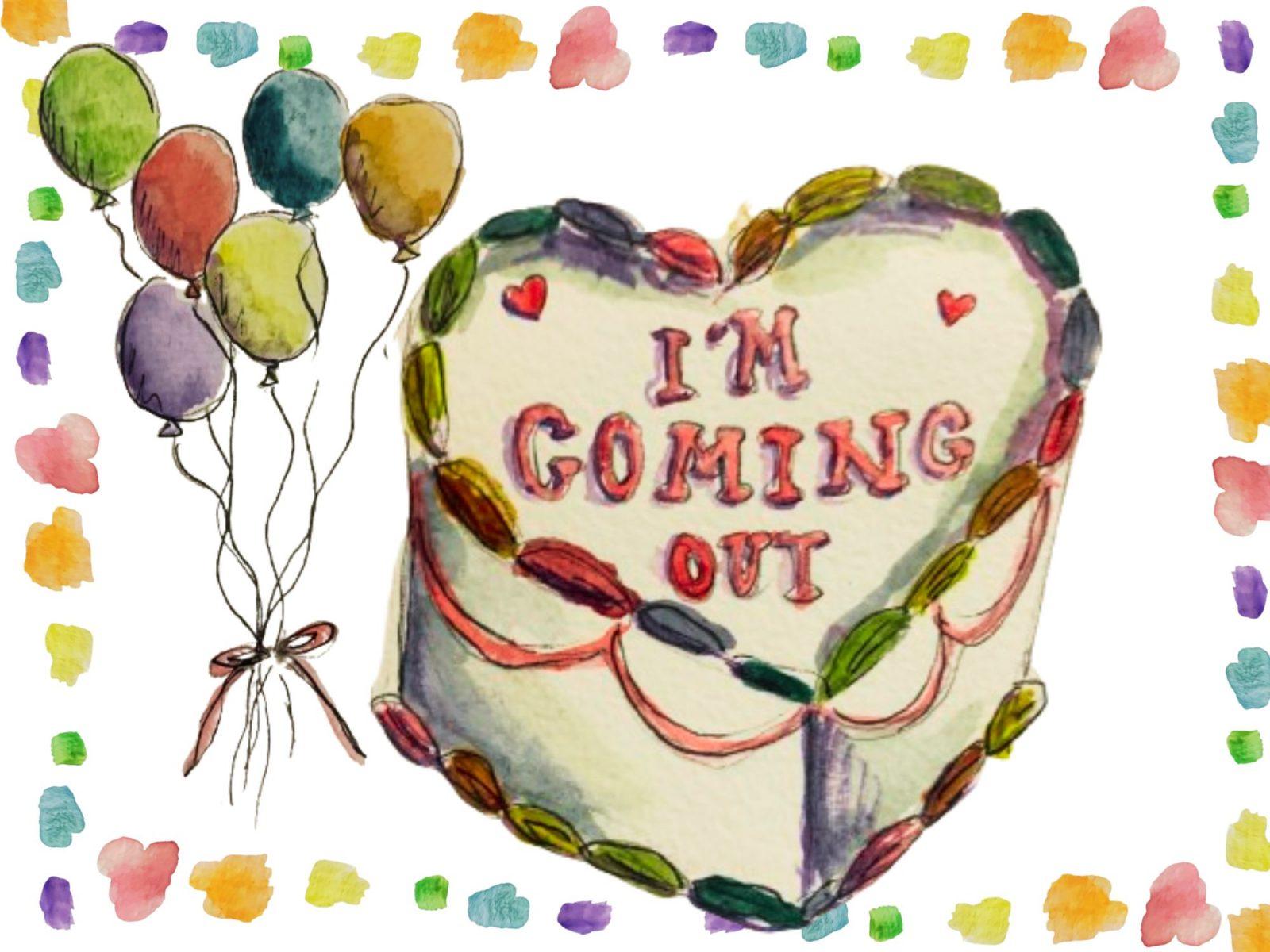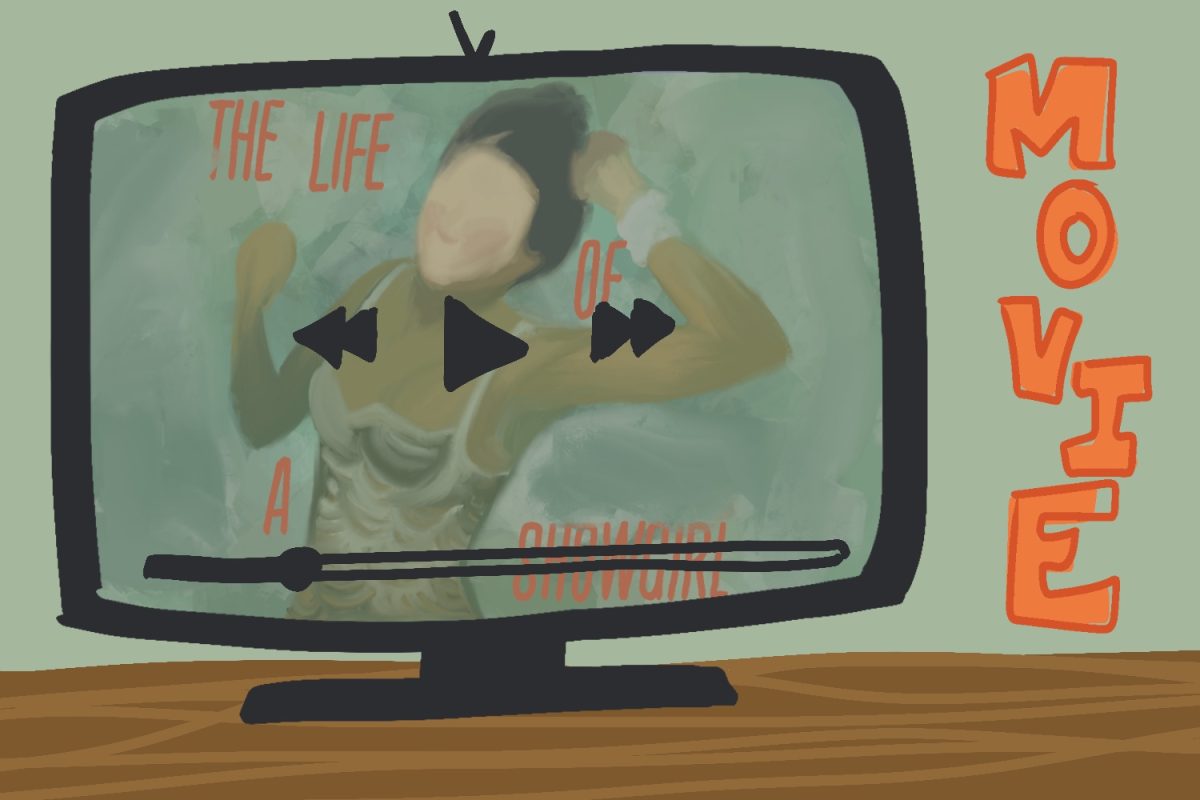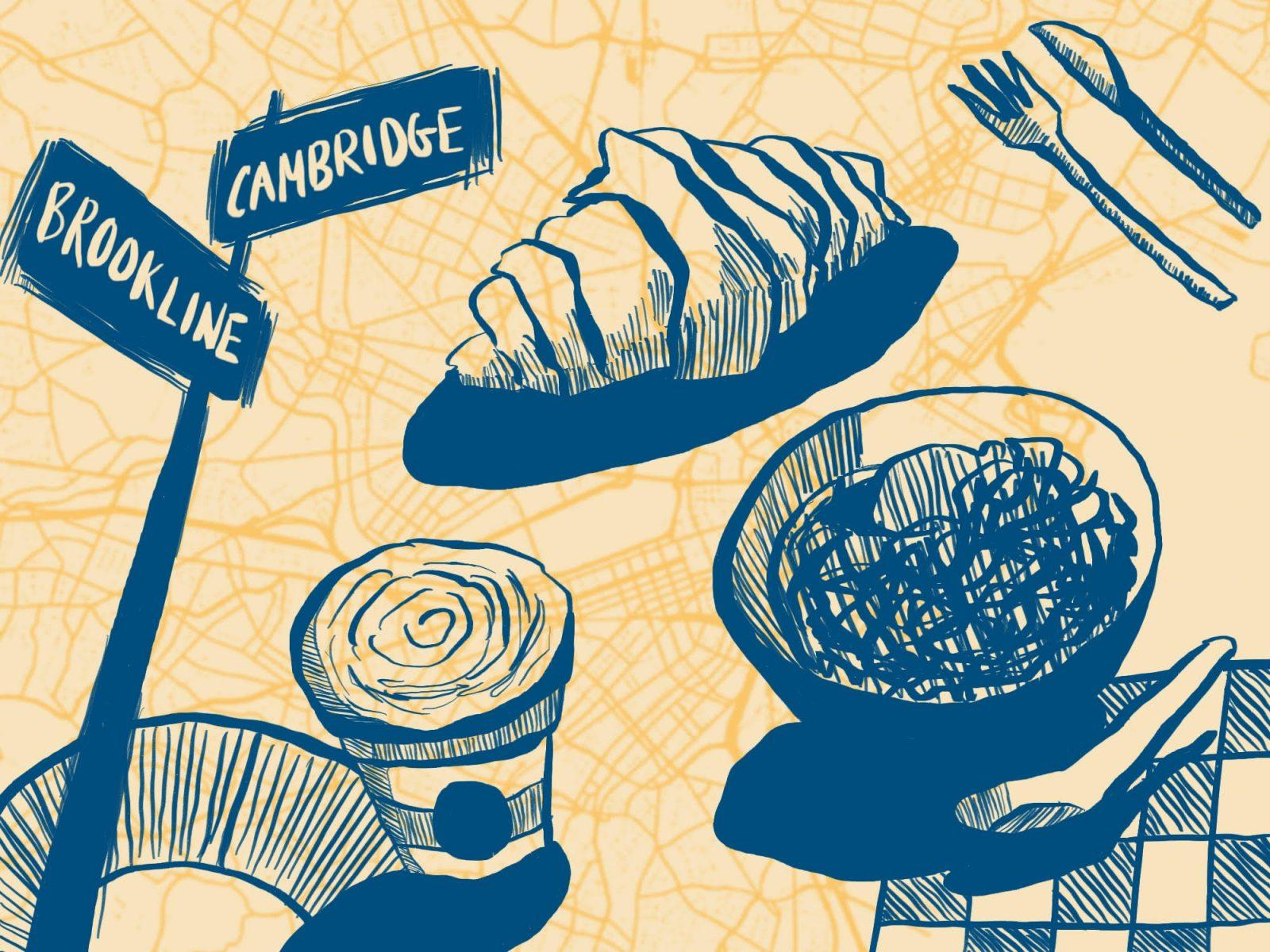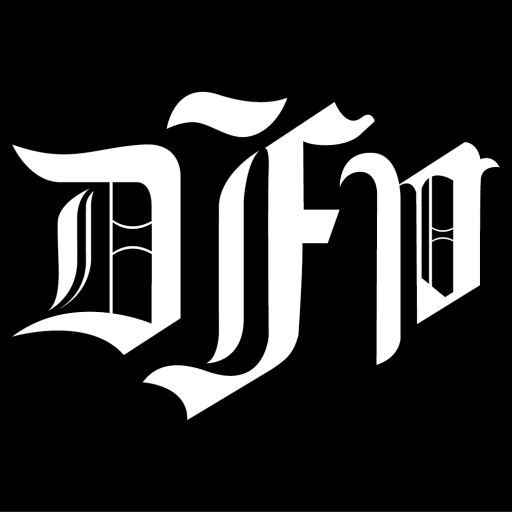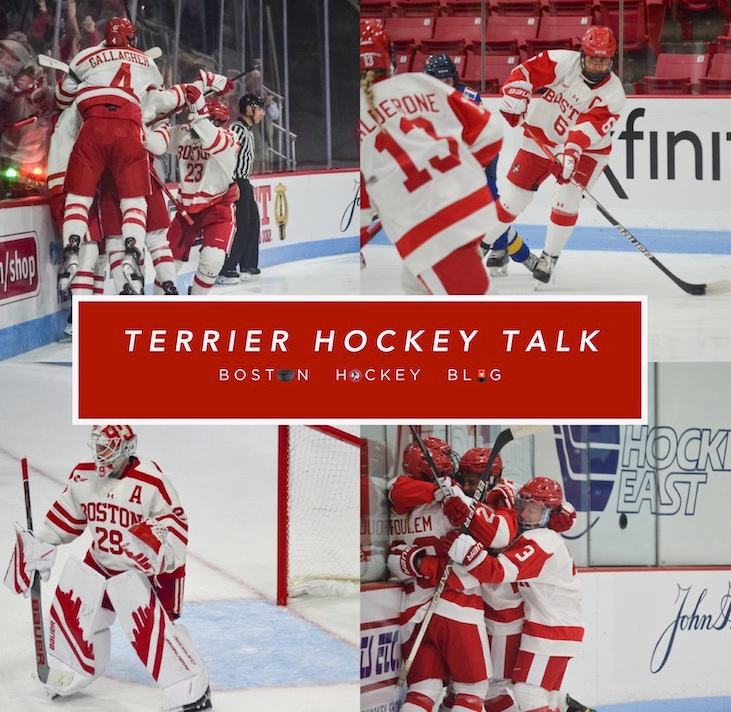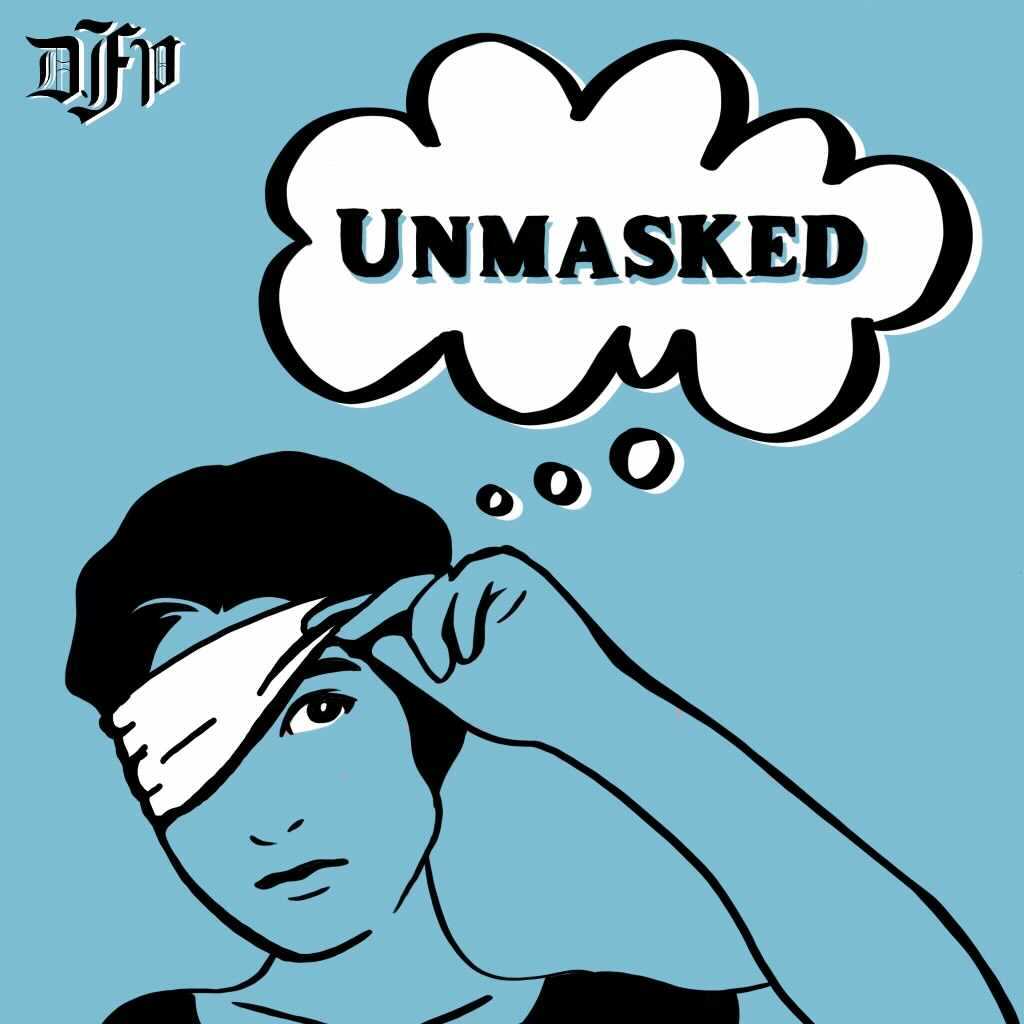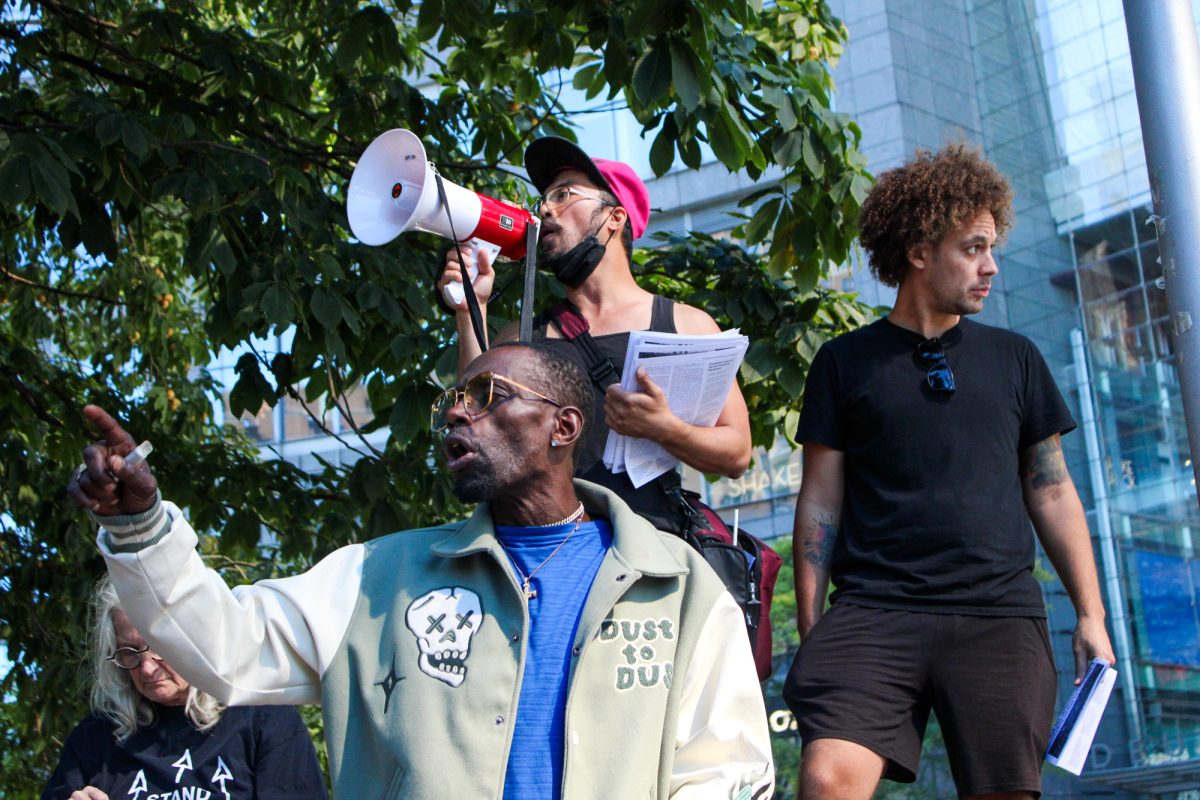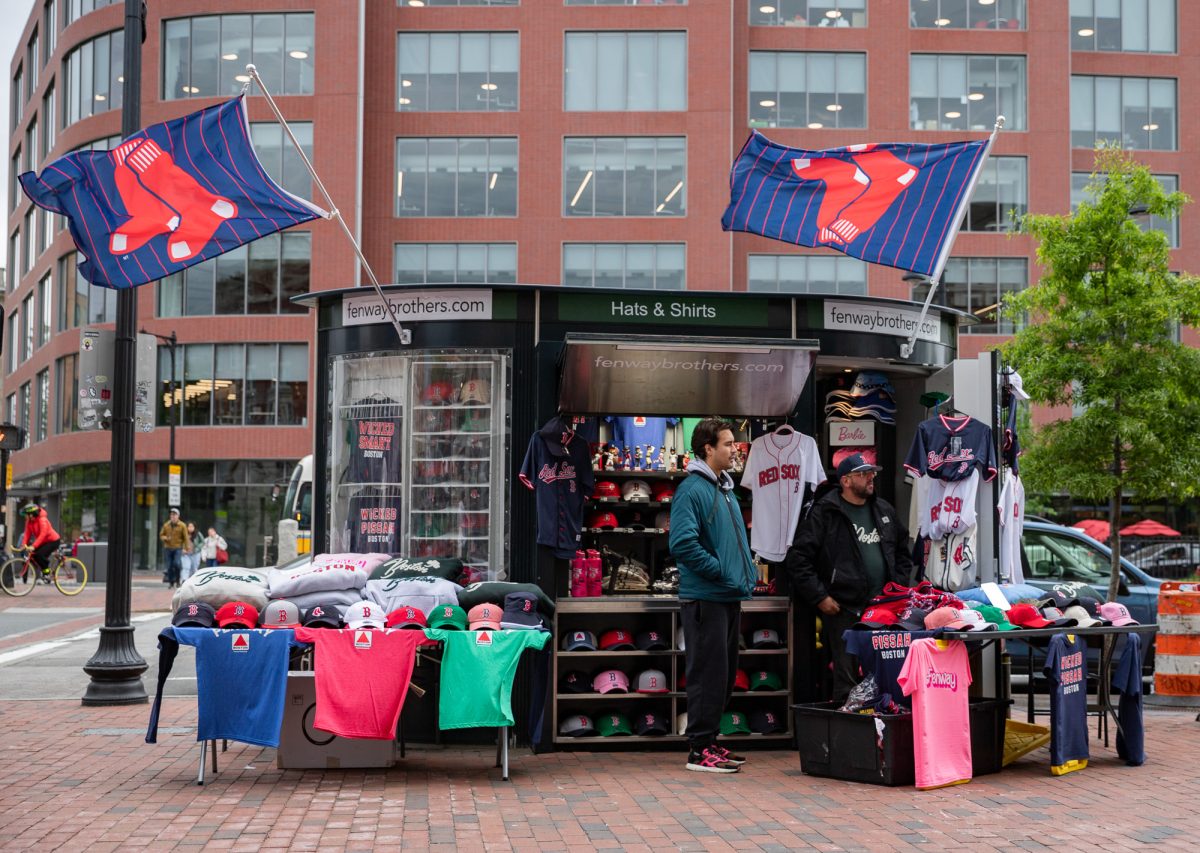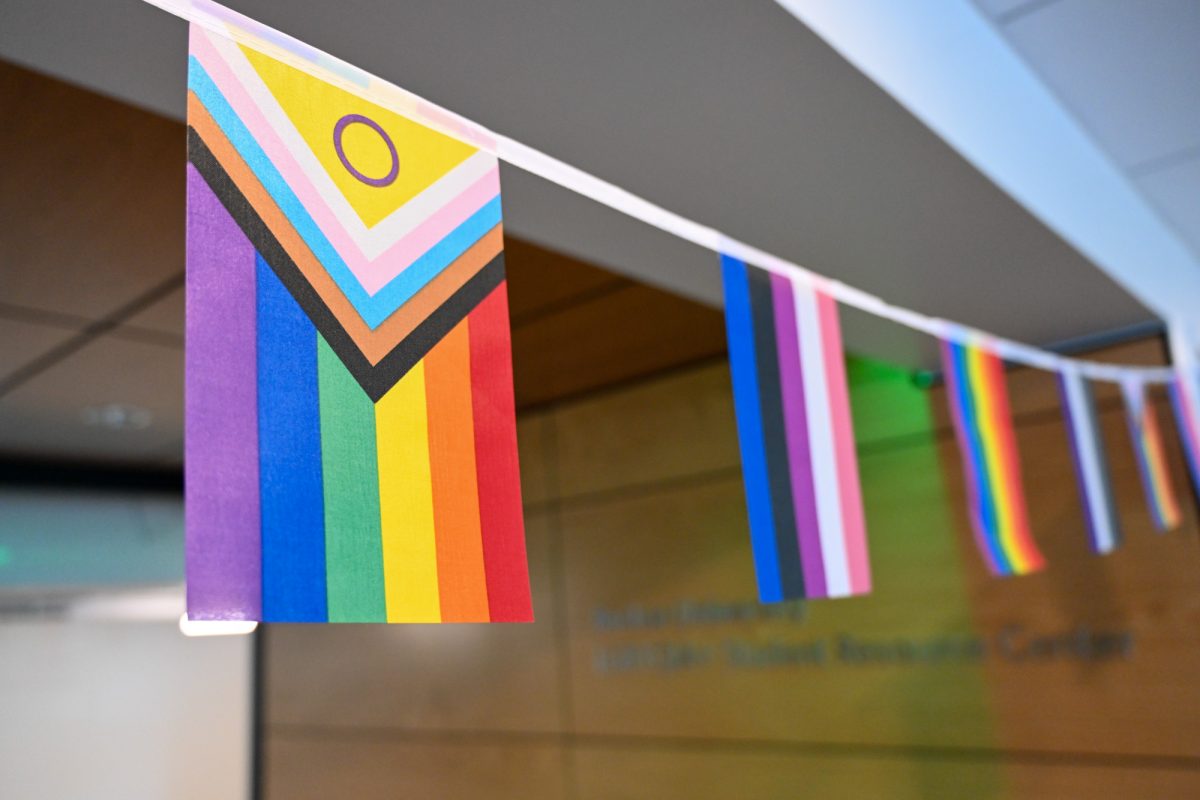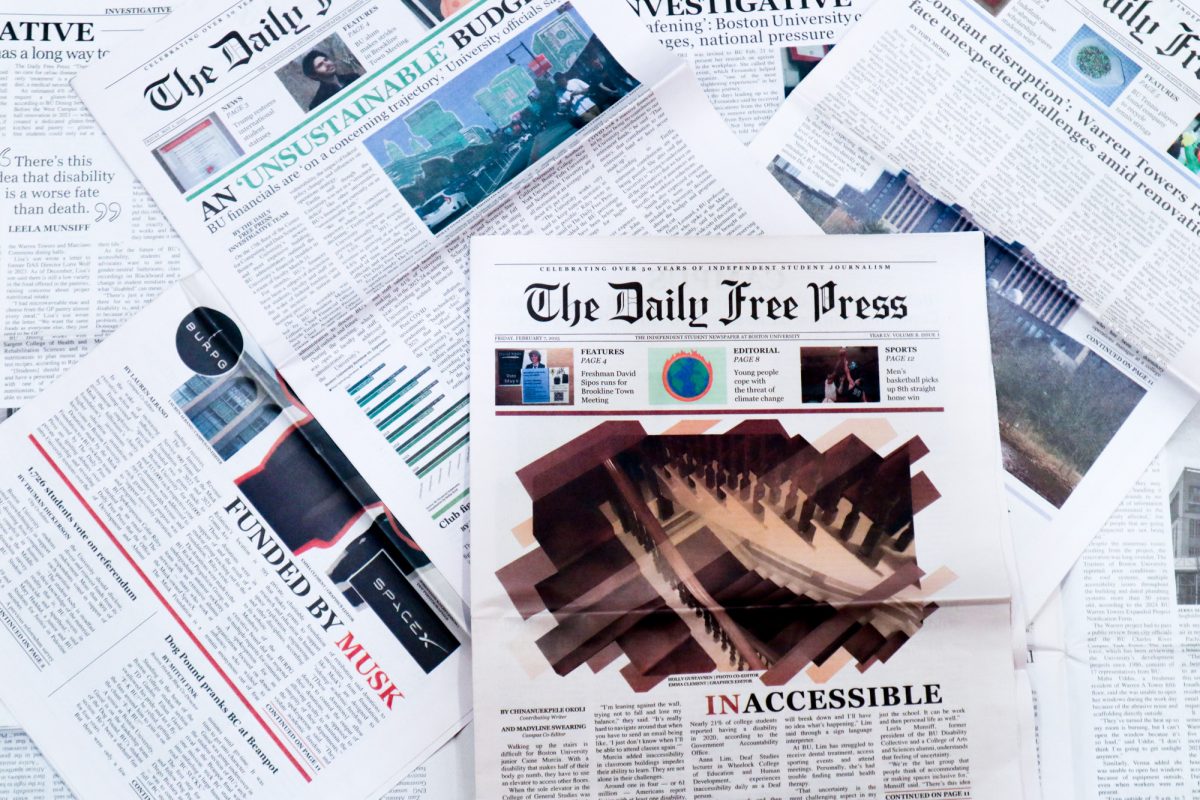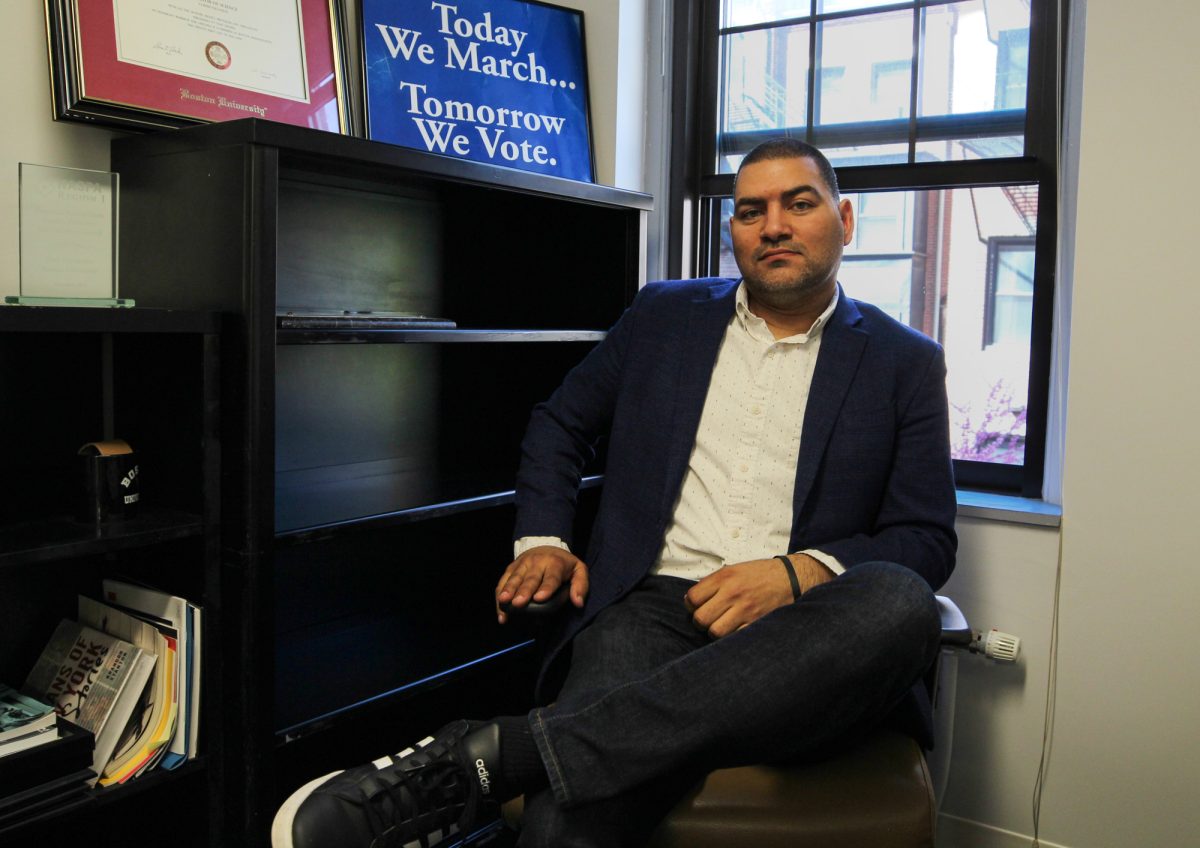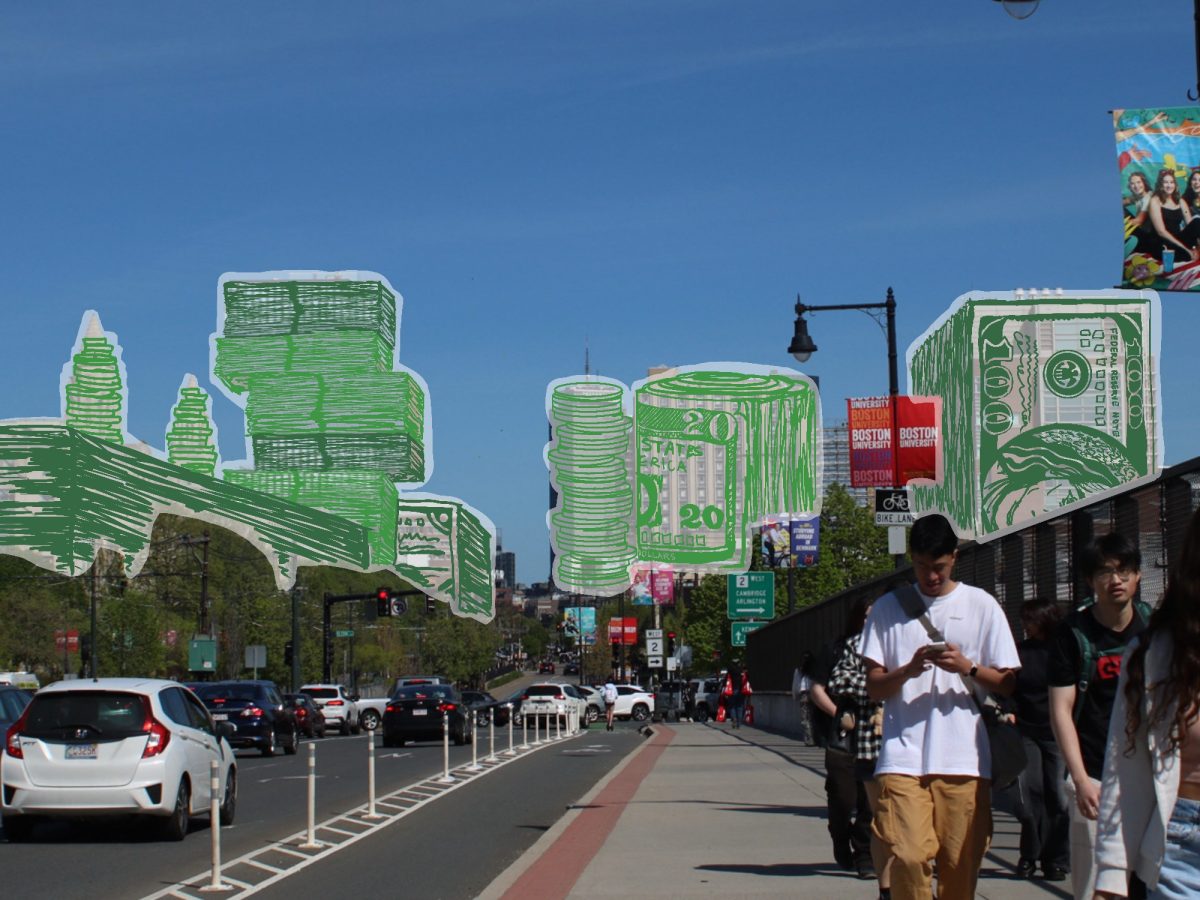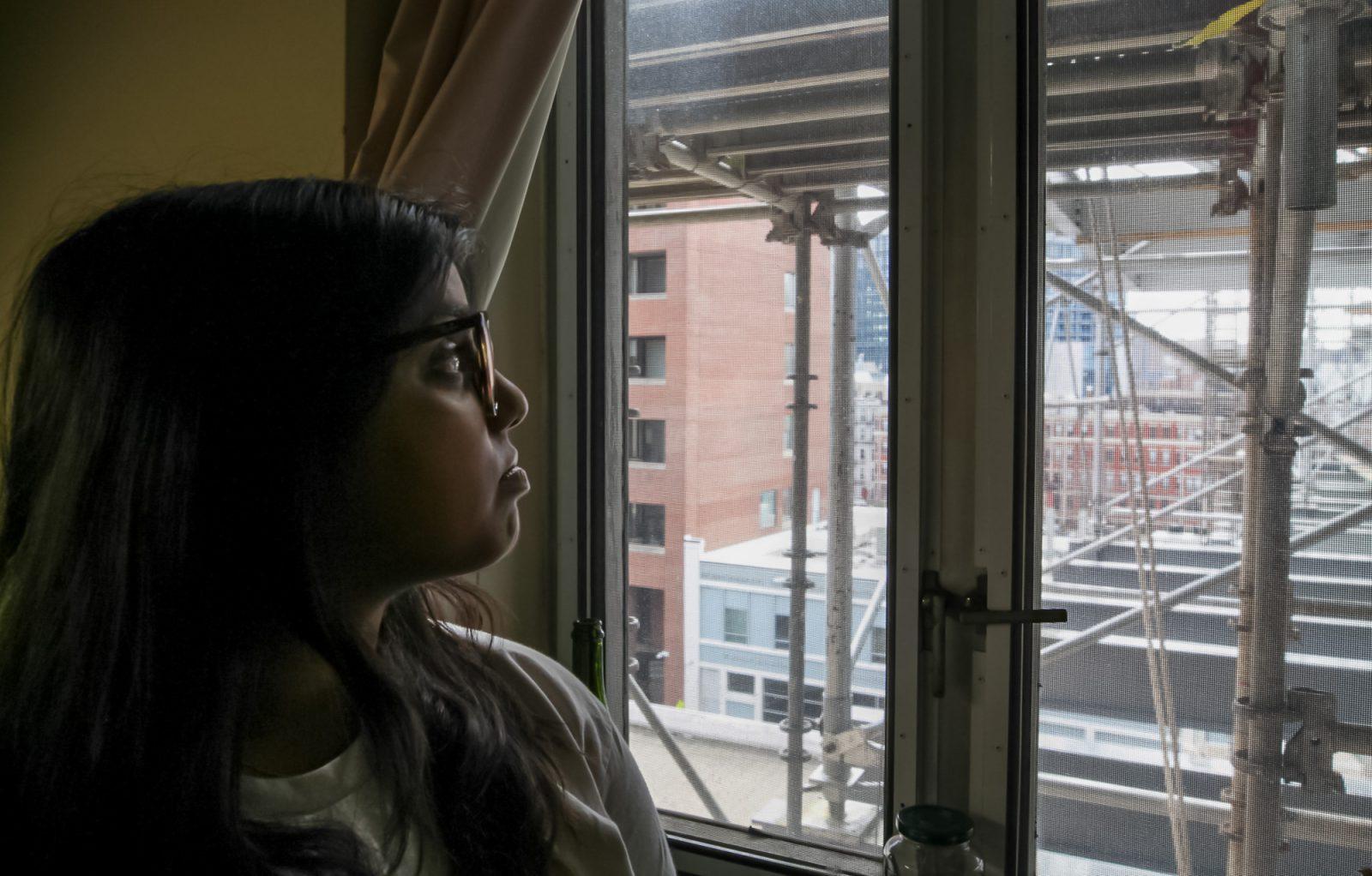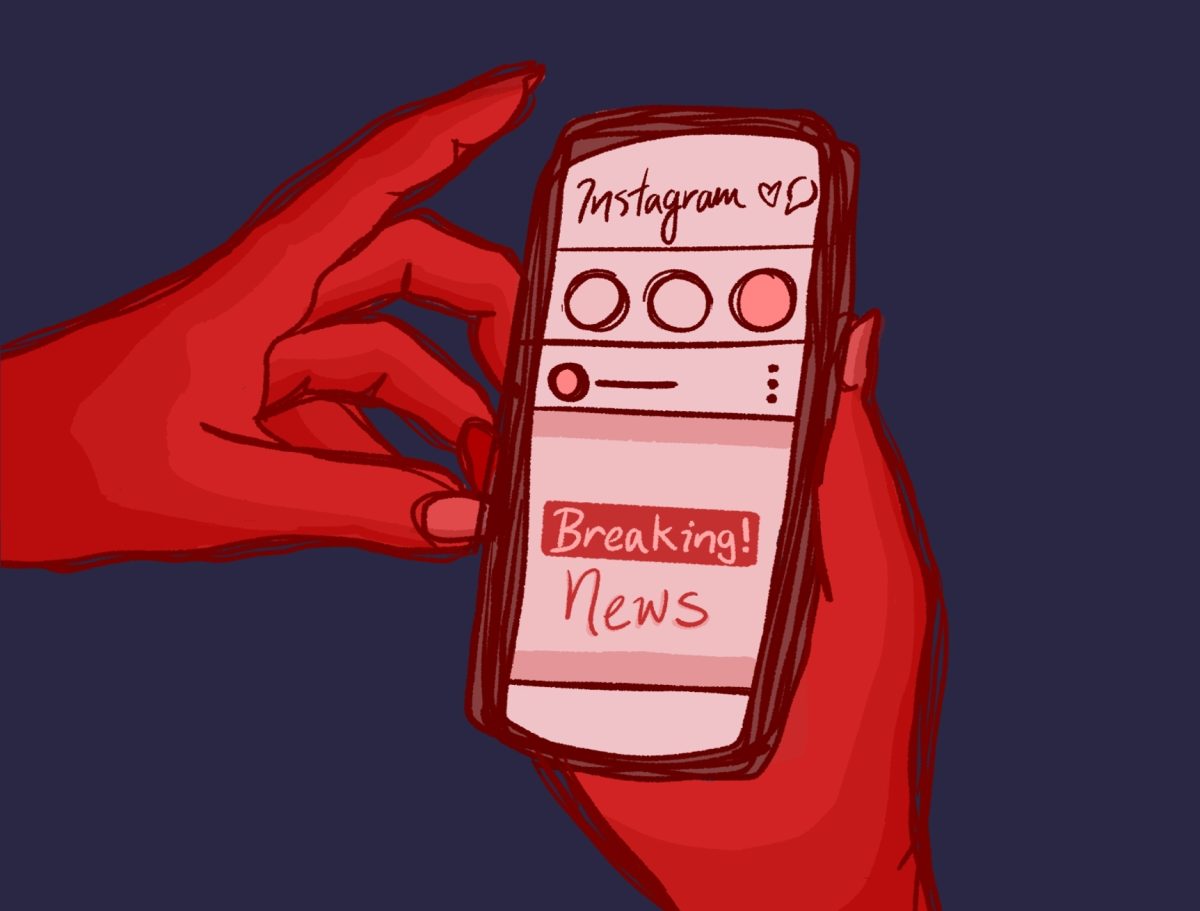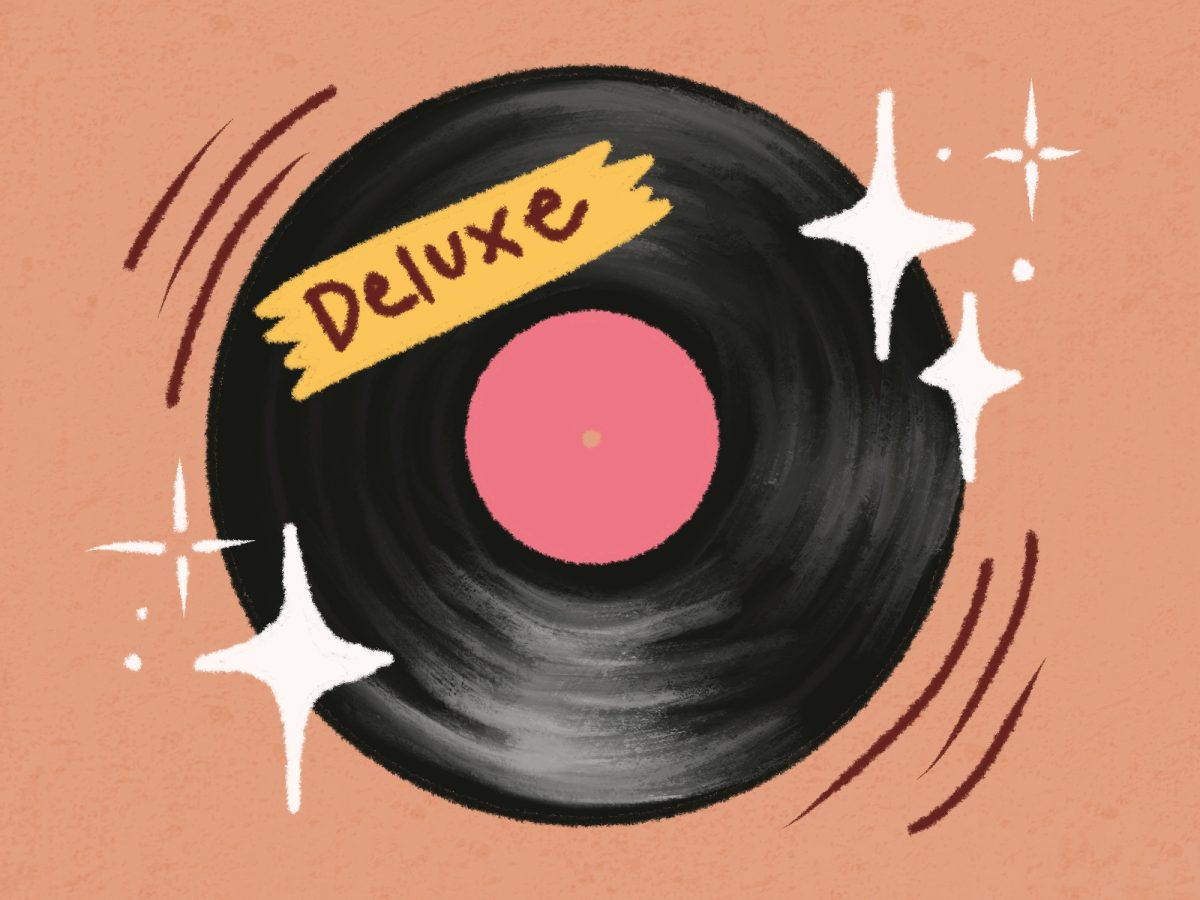A few weeks ago, a friend told me his biggest life goal was reaching 500 connections on LinkedIn.
I asked him whether graduating college, getting his first job or even marrying the love of his life would be of greater importance.
He replied no, asserting that nothing would ever compare to having these 500 connections.
I wasn’t entirely sure if he was joking or not.
LinkedIn, unlike other platforms, caps its public-facing follower count at “500+.” The little plus sign serves as a digital badge of credibility — a signal that you’ve “made it.” Attaining this 500 is perceived by some users as the climax, the epitome, the highest point of success.
I think this notion is rather stupid.
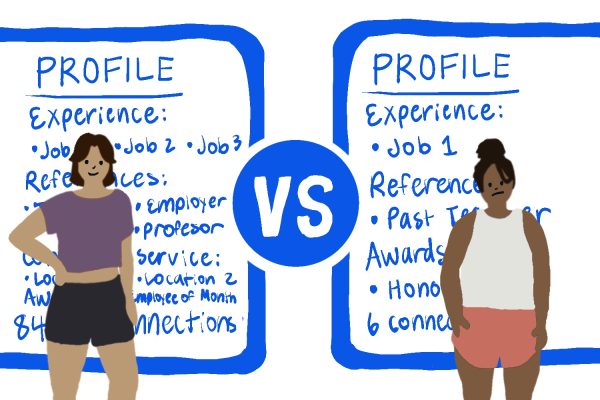
In the day and age of technology, one’s achievements feel significant only if they are posted and shared with the world. An individual feels more worthy if others are aware of their successes. Society places so much value on how people are viewed in the public eye that it’s become the norm to resort to an app to boast about a new job.
Apparently, simply obtaining an achievement is not enough — it has to be broadcasted to the whole world. And for what? A few likes, a few comments and the fleeting hit of external validation.
LinkedIn’s mission is to “connect the world’s professionals to make them more productive and successful,” according to its website.
The words sound noble enough. Who wouldn’t want to be “productive and successful?” But somewhere along the way, the meaning of success got warped.
While LinkedIn sounds like a wonderful concept, their mission has clearly veered off in the wrong direction. Instead, like other social media apps, it has turned into a platform for self-promotion and personal branding.
LinkedIn users have lost the plot.
It’s ironic that a site built around professionalism measures success the same way Instagram does: through numbers, validation and a subtle hierarchy of who’s more connected.
LinkedIn is rarely grouped alongside those harmful social media apps — but it should be.
As I scroll through my LinkedIn home page, a vast array of users posting offers, promotions or once-in-a-lifetime opportunities fill the screen, followed by a slap-in-the-face suggestion to “say congrats.”
Every post seems to say: Look how productive I am. Look how impressive my life is. You have one internship? Well, I have two. One during the school year and one over the summer. You have two leadership positions? Well, I have three. One as president, another as secretary and the third as editor-in-chief.
It’s hard not to feel like we should be doing more no matter how content we are in our lives. But where does it end? What’s the limit?
The same way Instagram makes you wonder why your life doesn’t look like someone else’s, LinkedIn makes you question why your resume doesn’t. If Instagram fuels comparison through appearances, LinkedIn does it through personal accomplishments. The comparison isn’t about looks anymore — it’s about worth.
But LinkedIn somehow feels worse because the competition feels justified. You can brush off Instagram envy as superficial, but LinkedIn convinces you that you’re simply not working hard enough. It wraps insecurity in professionalism.
People aren’t just sharing their accomplishments — they’re performing.
The posts all sound the same: “I’m thrilled to announce…,” “Beyond grateful for this opportunity…,” as if there’s an unspoken script for how to appear successful without sounding arrogant. We celebrate each other, but it feels less like connection and more like keeping up appearances.
What no one posts about are the months of rejection emails, the burnout or the uncertainty in between. LinkedIn has become the place where everyone pretends their career is a perfectly linear climb, even though we all know it isn’t. The pressure to always look impressive turns into a performance of productivity.
Maybe we’ve just replaced selfies with resumes. We tell ourselves LinkedIn is for work, but it plays on the same insecurities as every other social media app.
Scrolling through LinkedIn does more harm than good. For this reason, my own account is blank, with just a profile picture. Maybe one day I’ll fill in the empty tabs.
But as of now, I don’t need the validation from others to prove something to myself.
LinkedIn encourages us to chase validation instead of focusing on our own growth, making us compare every achievement to everyone else’s. Maybe the real milestone isn’t hitting 500 connections, but learning not to care about them at all.

